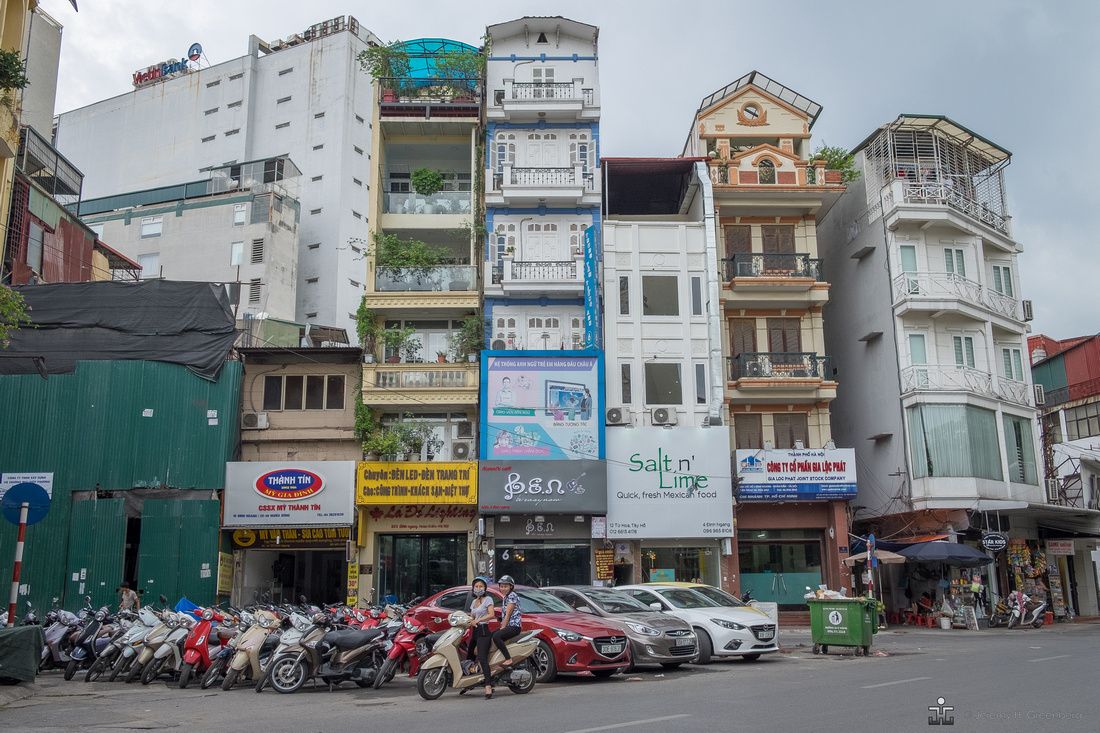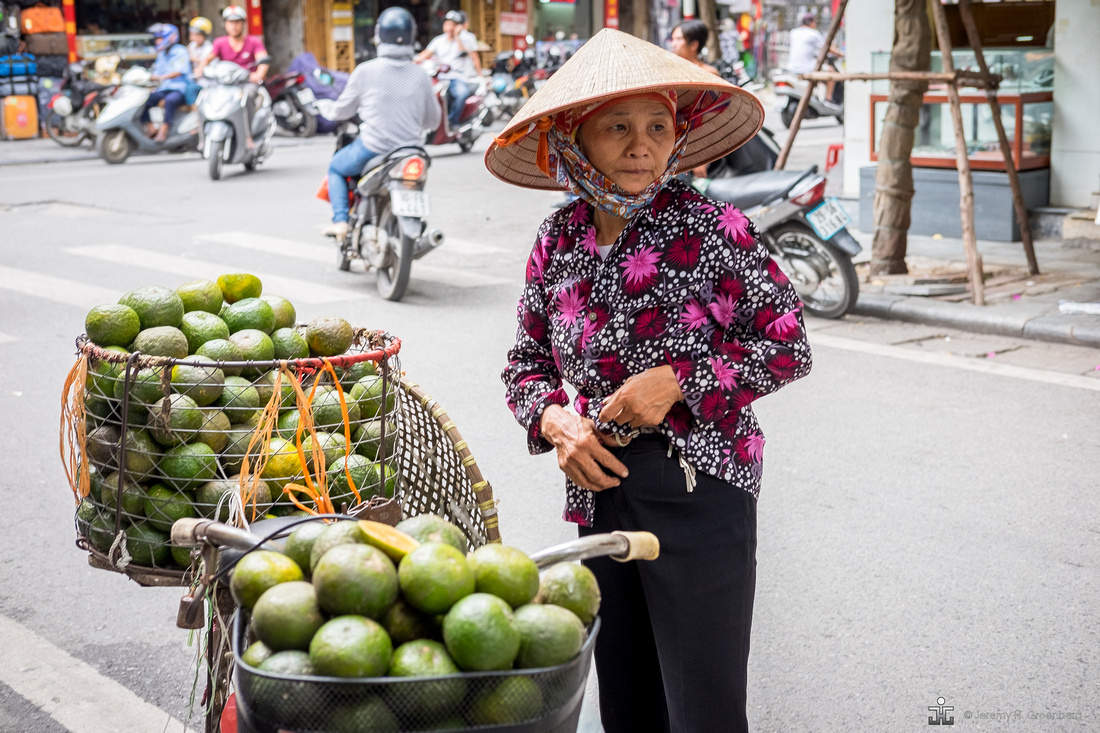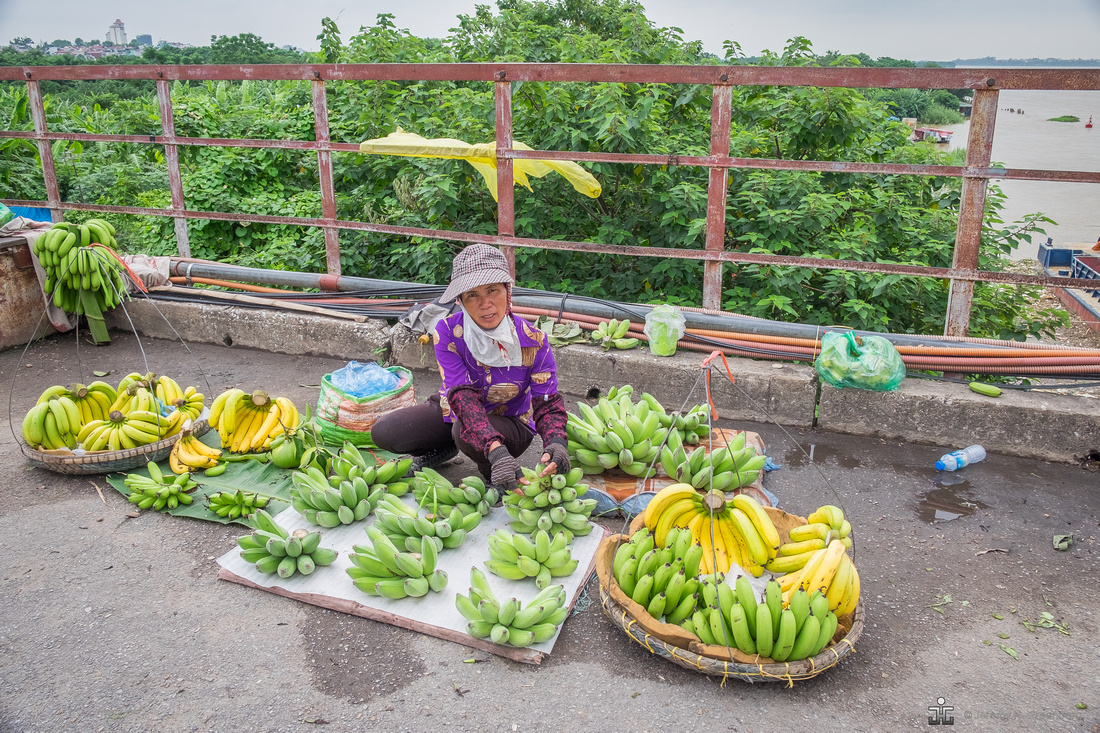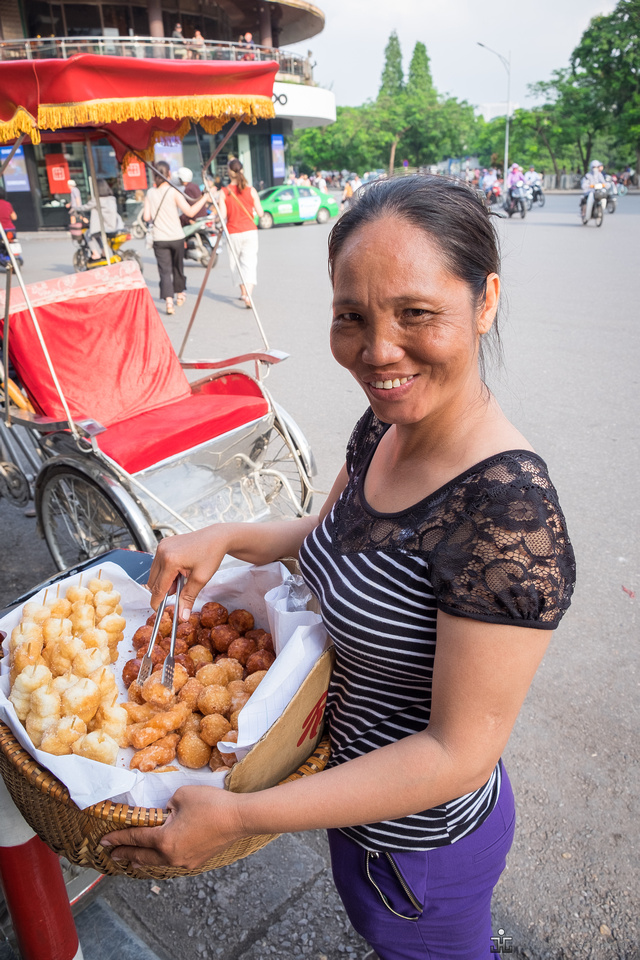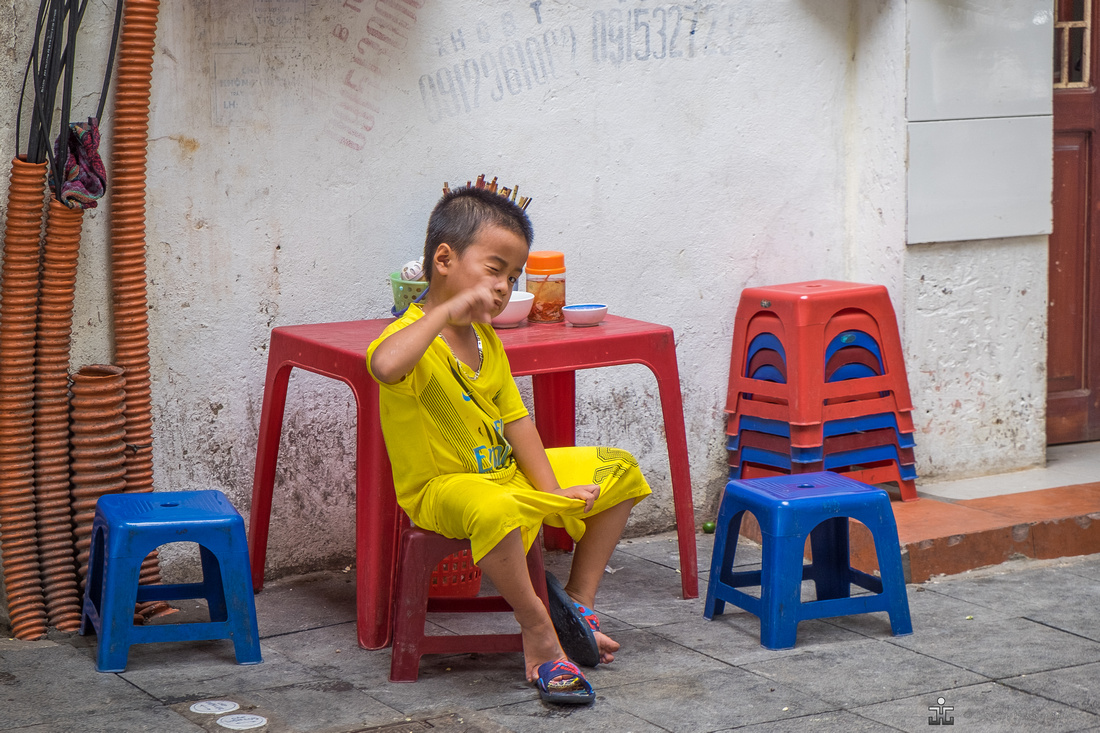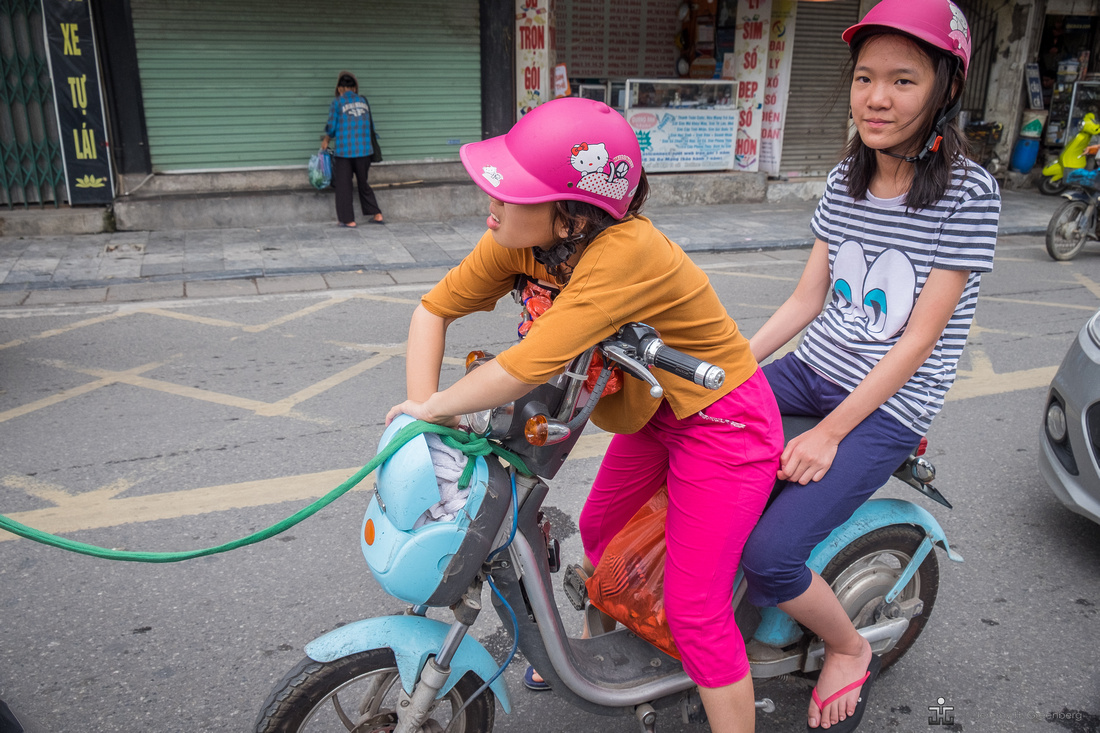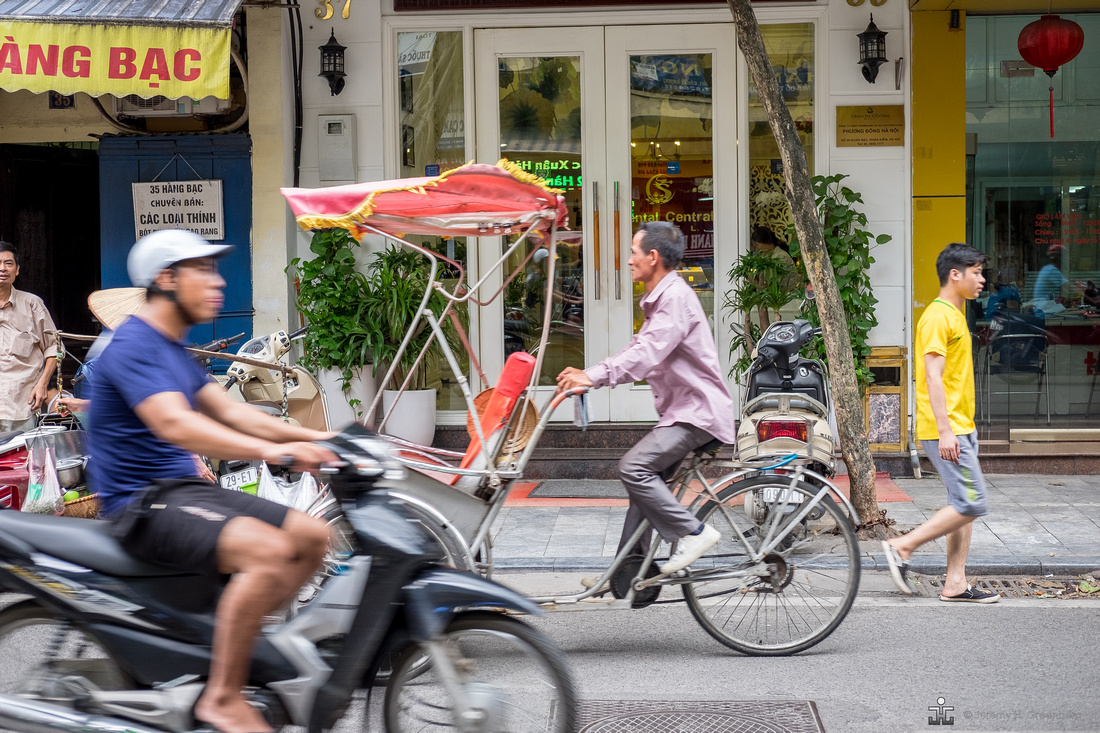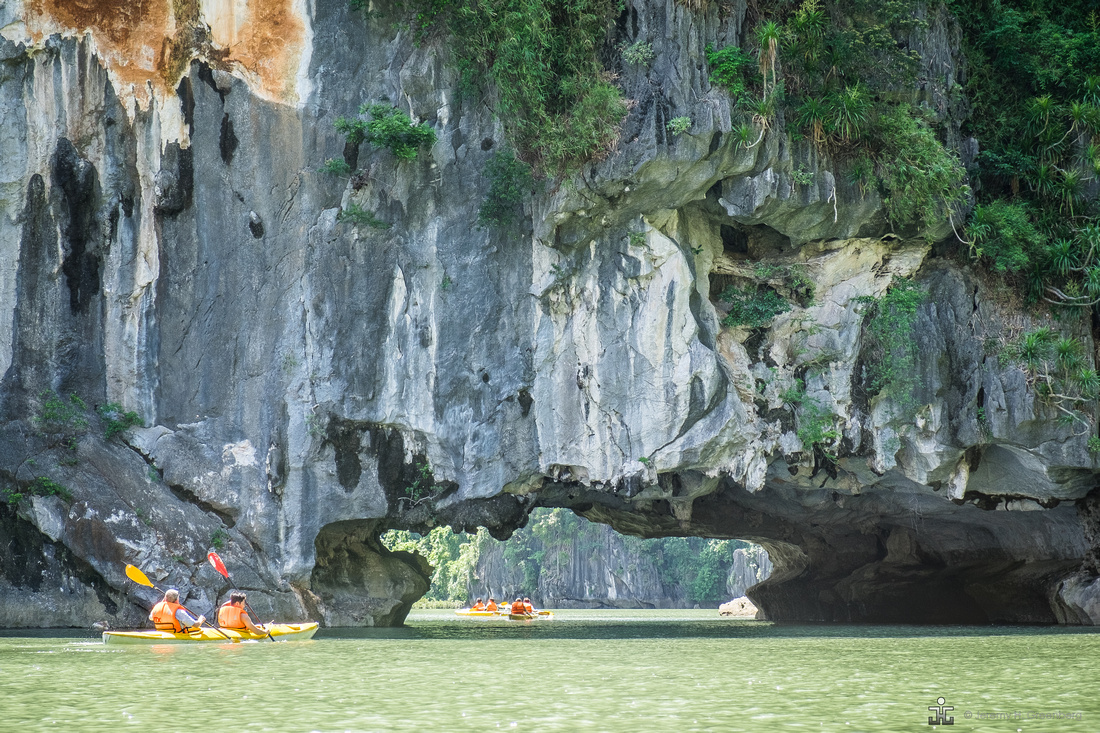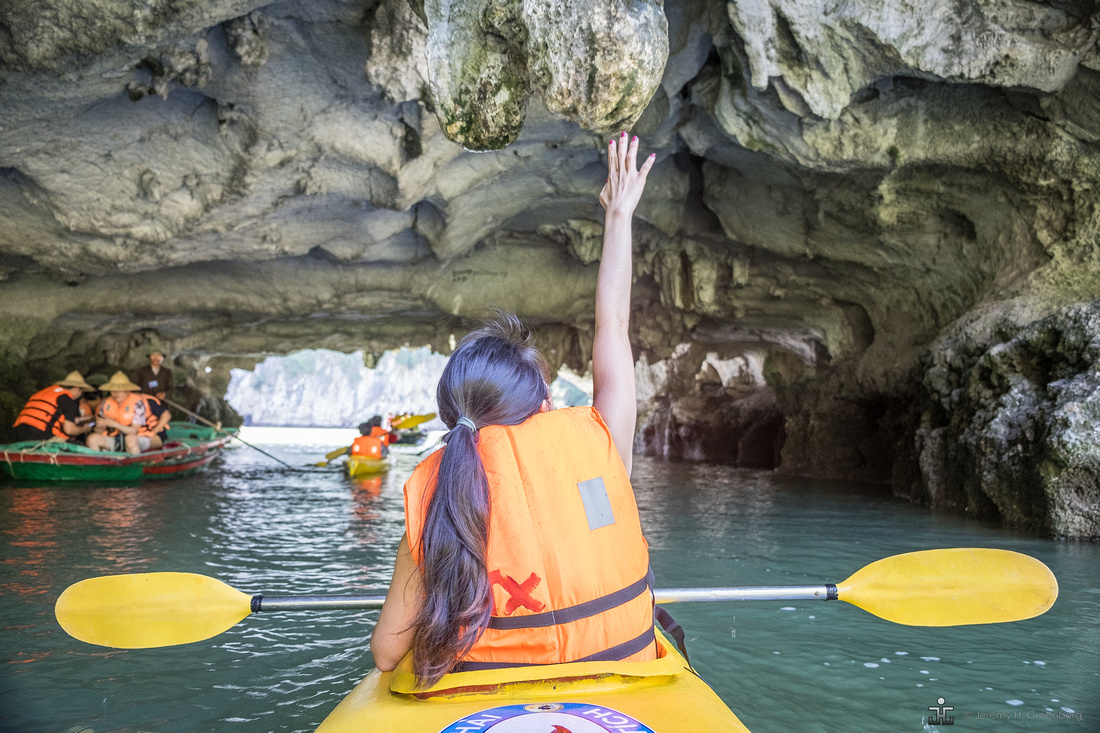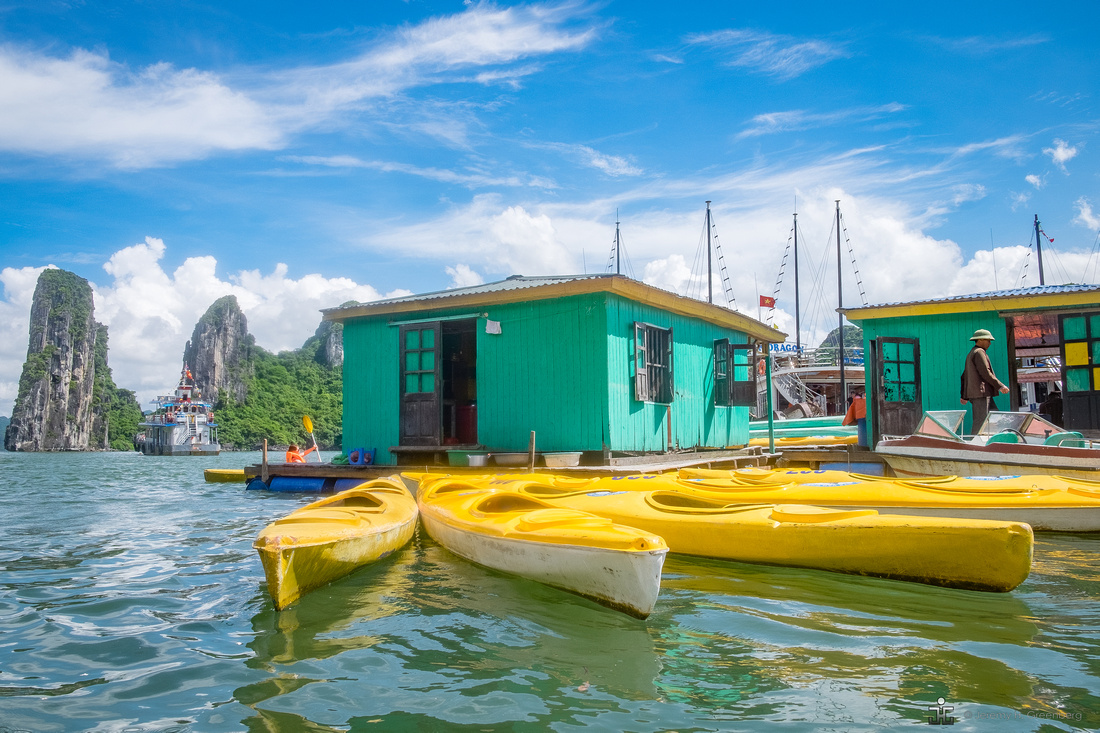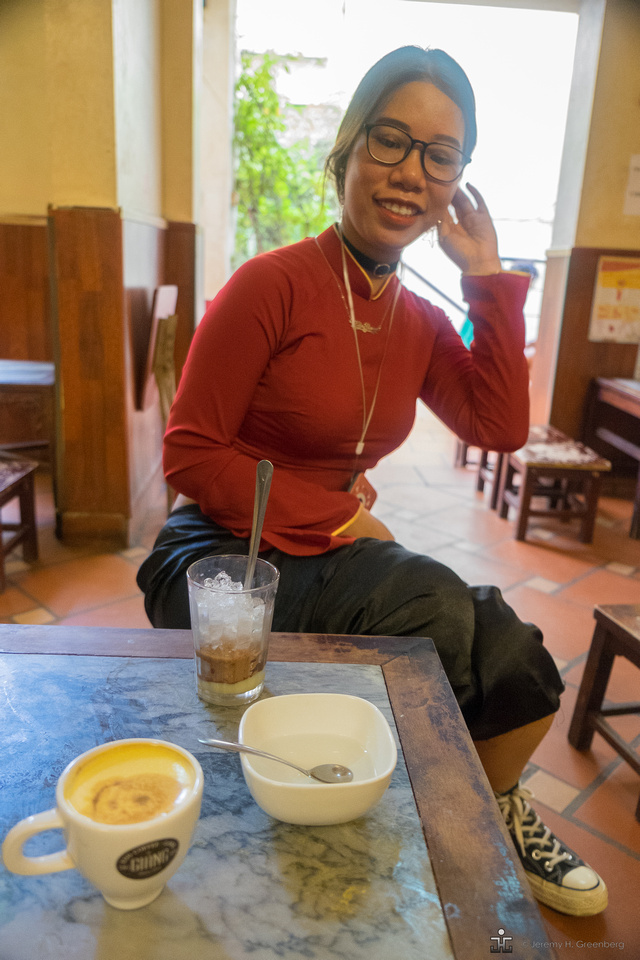Blog #69 On Restrictions
Restrictions in creatively can be a good thing that actually facilitates and improves the creative process. But how?
First off, if you are a beginner or hobbyist in photography, there is great value in casting your net widely. In other words, experiment with various formats, film, digital, working with lenses, genres, do a Project 365, work on various projects, portraits, travel, etc… After you master the technical settings of your specific camera(s), the next step is to find your artistic voice. What do you want to say through your images?
Eventually, you can work your way up to story writing, and other creative challenges and projects with images. Thinking of a project can be a bit daunting as there are an infinite number of possibilities out there in the big wide world.
After the initial period of experimentation which will vary from person to person you will likely settle into a small set of cameras, lens, genres, projects, and such. It’s like sanding wood, you move from course to fine, systematically.
At this point in your creative career (or hobby for that matter), it might be helpful to establish some self-imposed restrictions. Interestingly, these can be good in short bursts and actually improve and focus your creative process, image making, and therefor photography.
Some examples of restrictions are as follows:
- Use only one focal length lens for a one month or up to one year.
- Shoot film only on vacation.
- Avoid buying any new gear for a while and stick with what you have.
- Only shoot in color (or black and white) for a while day or week, or longer
- Make images only of people.
- Choose one genre such as macro, landscape, or architectural photography and make only images of those subjects.
- Avoid posting anything on social media for a week or month.
- Do a project 365.
Although is seems like the task of making images within narrow parameters like these will somehow limit your creative process or result in a boring, homogenous group of images, actually, the opposite happens. It’s really a paradox effect sort of thing. By setting limits, you will somehow start to take a deep dive into the creative process. The results will be well worth it.
The small set of images below were the result of setting the limit (for a day on a family holiday) of only shooting black and white.
What limits will you set for yourself?
Remember, the light is always right!
See these related Blog posts for more tips and techniques on how to improve your photography:
Blog # 46 What Makes Art Worthy?
Blog # 42 It’s All in the Details
Blog # 16 Special Edition 2016: Project 365 Complete!


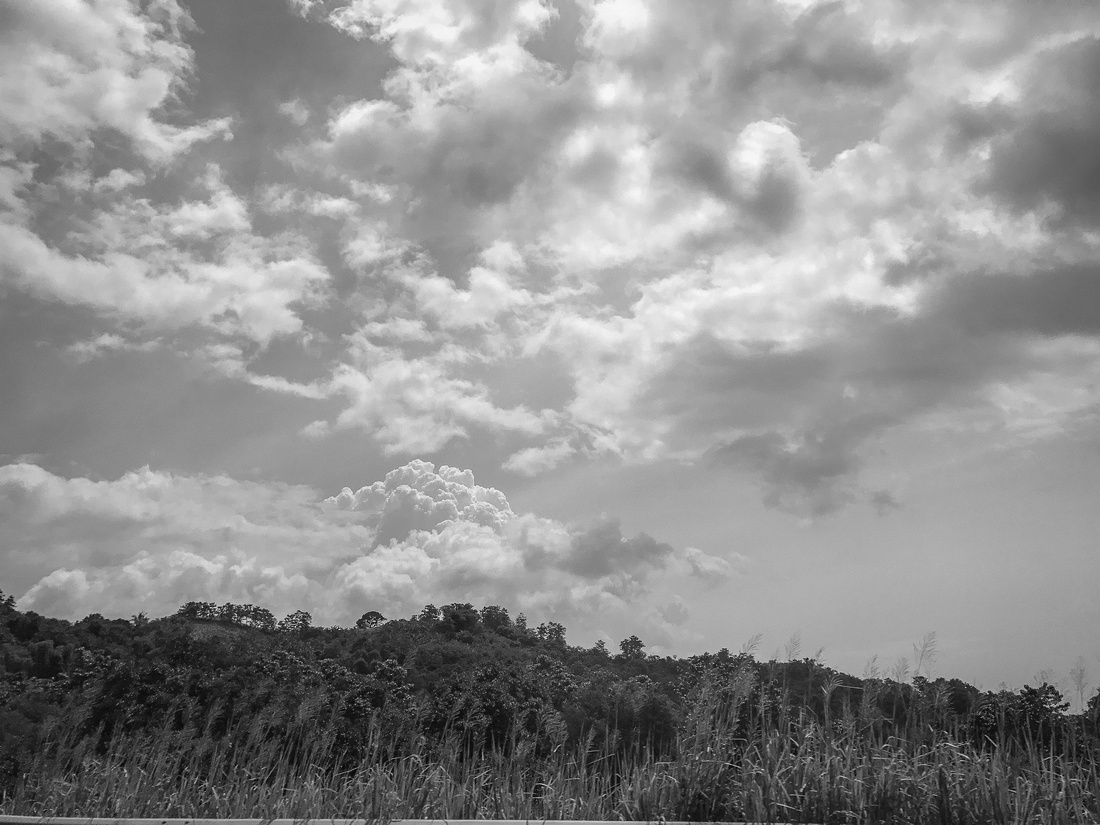

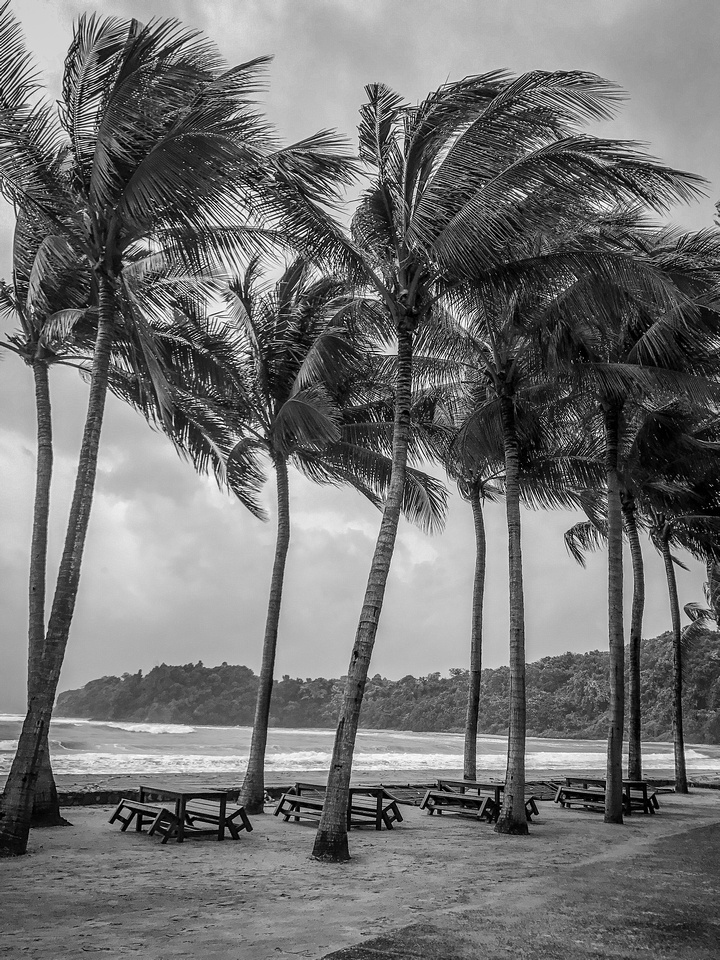

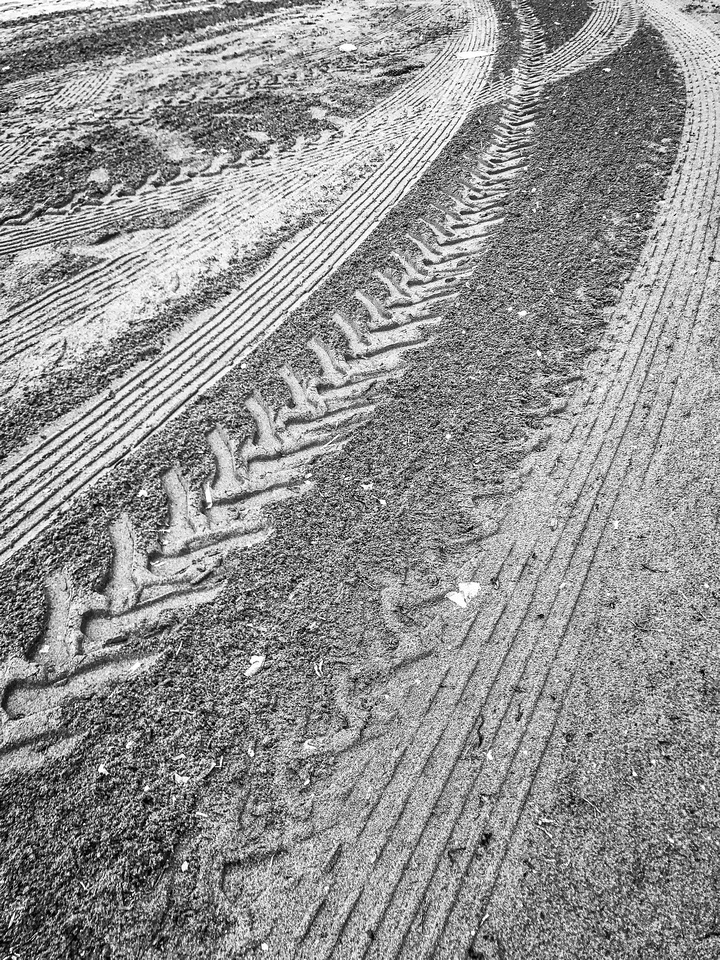

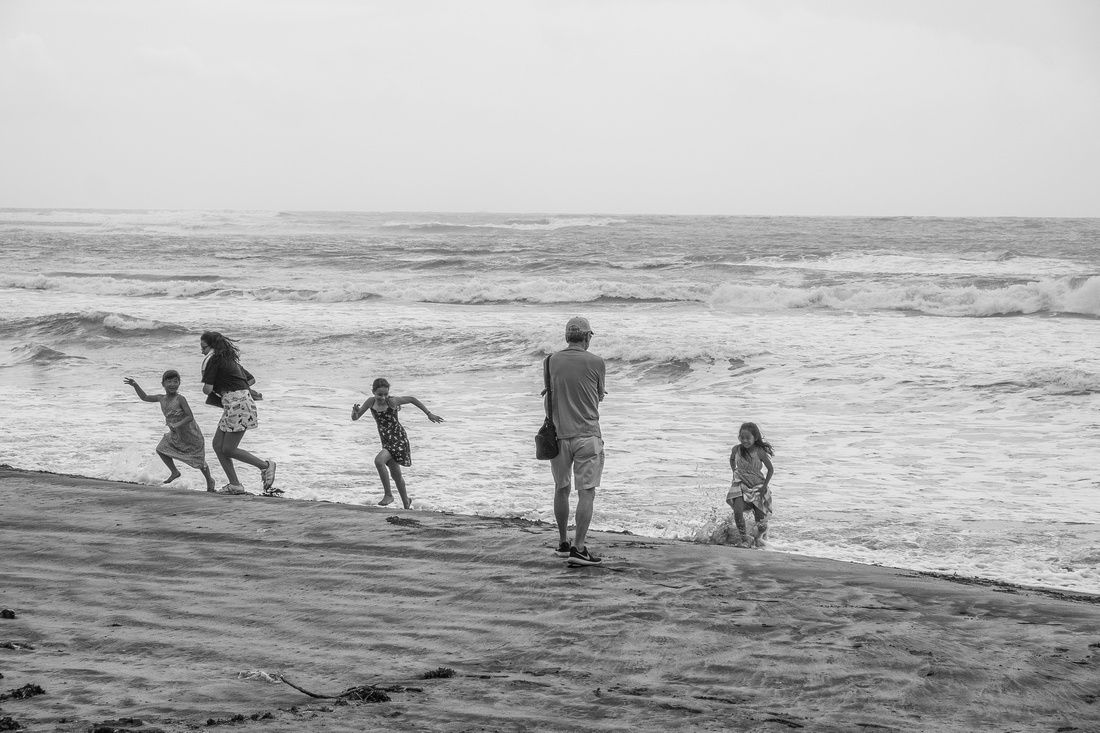

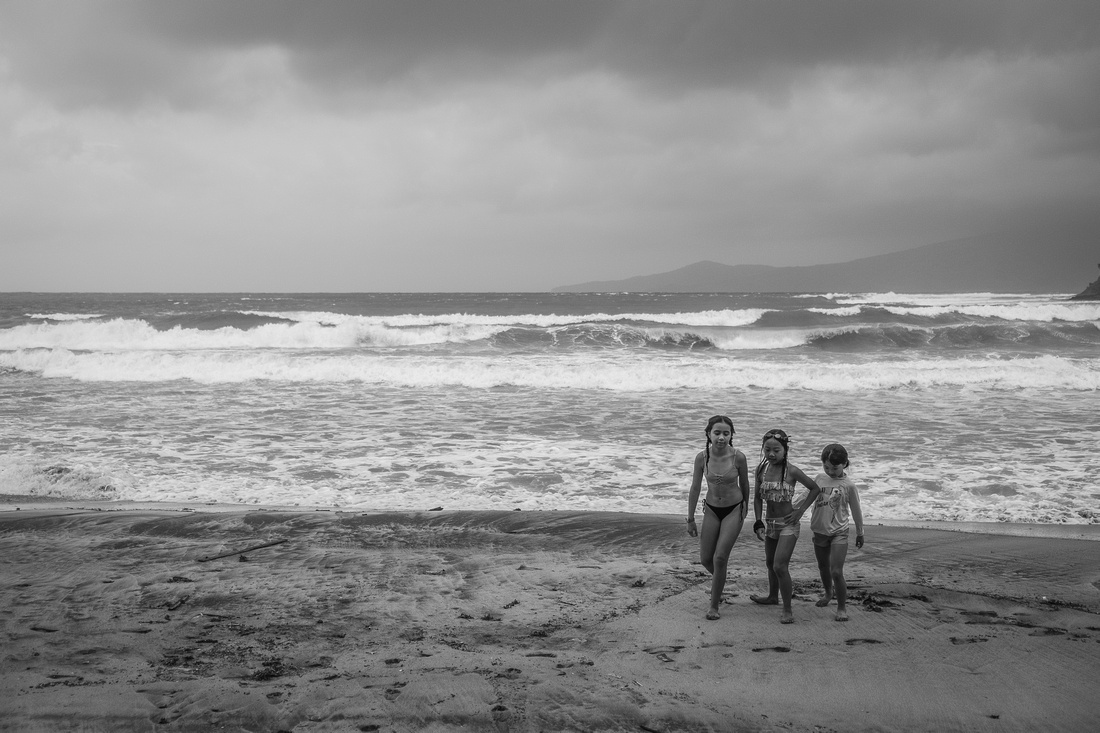



Blog #68 Photography is a Gift
Blog #68 Photography is a Gift
I think photography is one of the greatest gifts. The camera is a technological marvel that is really a miracle. Arthur C. Clarke said,
“Any sufficiently advanced technology is indistinguishable from magic”.
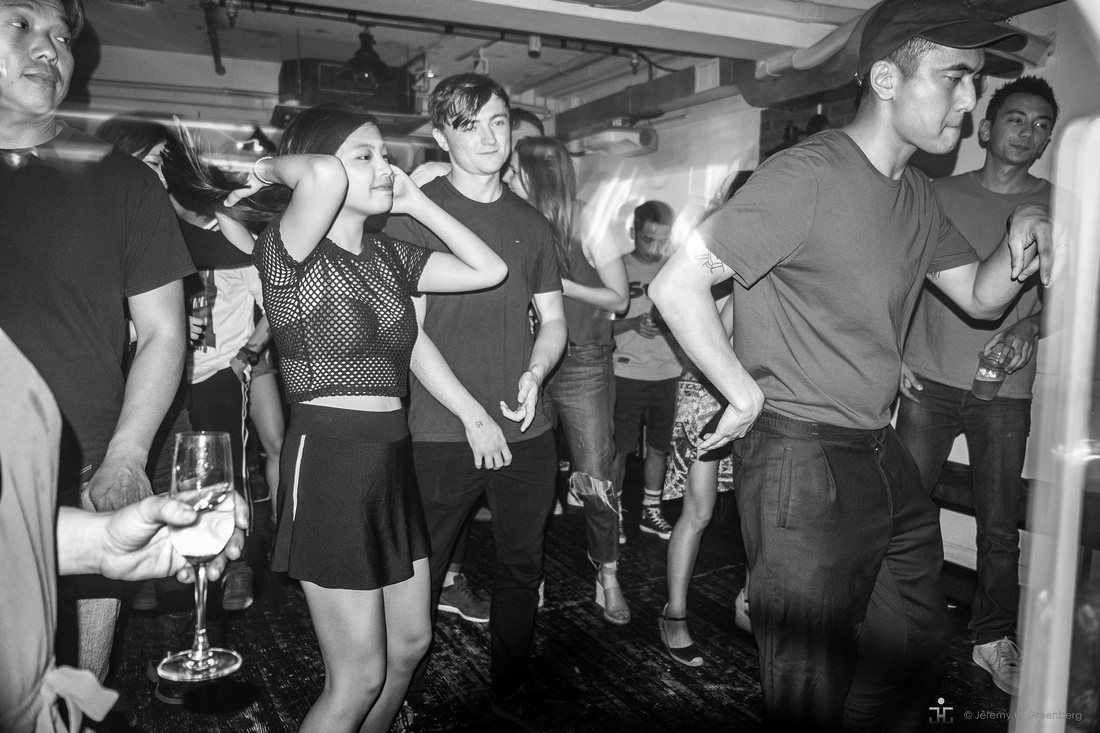

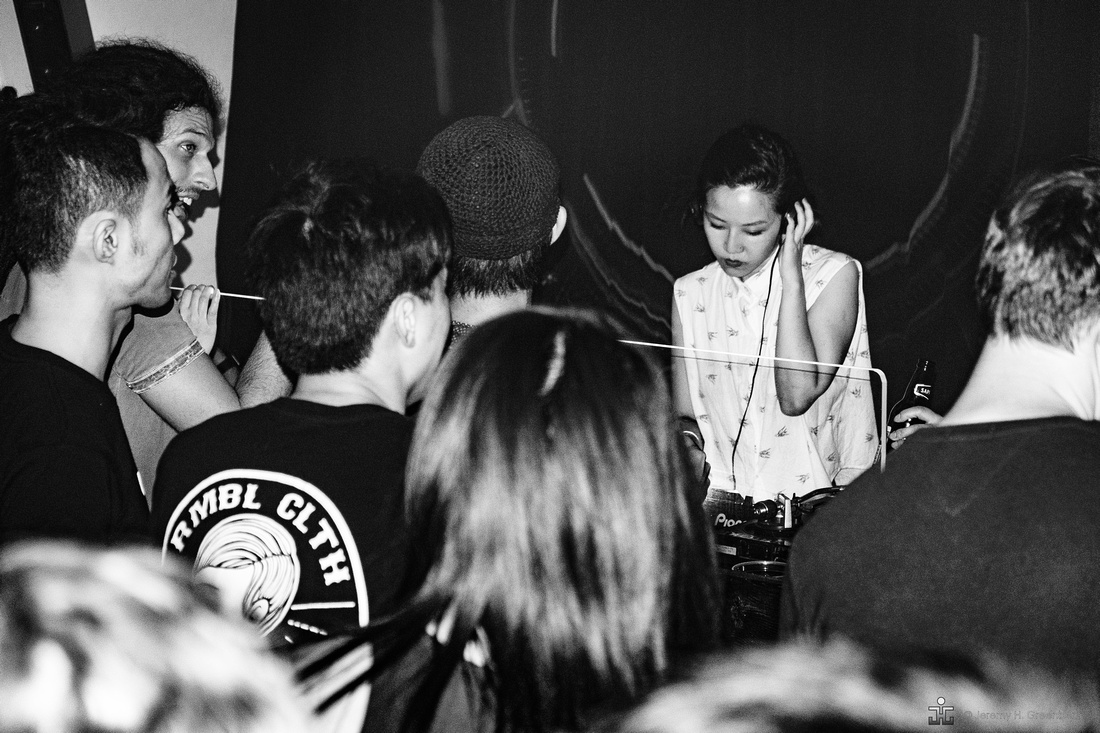

Indeed, when you expose photosensitive paper in the darkroom under the enlarger for a few seconds, then dunk it into a tray with developer, about eight seconds later an image appears before you. This is science, of course, but it still seems like magic each and every time. Amazing!
Now that we ALL have cameras (including small children) and we collectively upload something to the tune of 2 billion (that’s 1000 million X 2) images daily, we have plenty of pictures to keep us busy for many lifetimes and even earth times. Is it too much? No it is not. I take comfort in this fact since there are an infinite number of image possibilities. From that point of view, we’re barely scratching the surface.
The current SnapGramTwitFace culture that we live in is lightyears from Gutenberg’s printing press from 1440.
Sharing is caring or so it goes.
Images come in many forms and sizes. Share through social media, print a book, print a zine, print on paper, print and frame then give it away. Original art or portraiture is always appreciated when received. Sure there are rules such as don’t post more than one image on Instagram per day. That’s probably a reasonable suggestion. Take into consideration that if someone has one 100 + that they are following and everyone posts one image per day, that’s a tall task to look at 100 images from one single social media site only. You get the picture!
The point here is to share images that are significant with the people in your life. They will appreciate it and you’ll be glad you did. Good photos do nothing sitting in your hard drive as a series of zeros and ones. Bring your art into the real world and the world will be better for it.
Be great, and remember, the light is always right.
jhg
*Check out Upcoming Street Photography Workshop in Hong Kong Sunday 13 August*
Pre-register through email:
Link to Revised Website, Projects, and Images
Blog #7 Self Improvement or How to Make Mind-Blowing Images
Blog #50 *Special Feature* Process Over Product
Blog #62 Shooting [from] A Plane
Japan Camera Hunter Article: Why you should experiment with different film
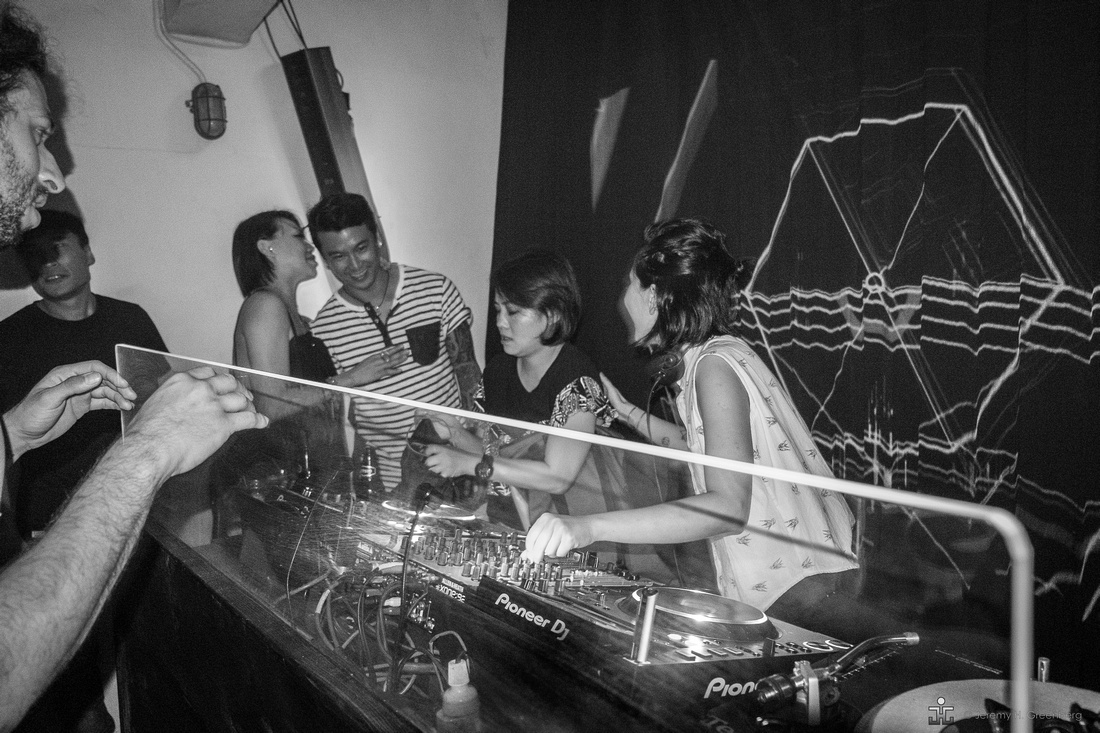

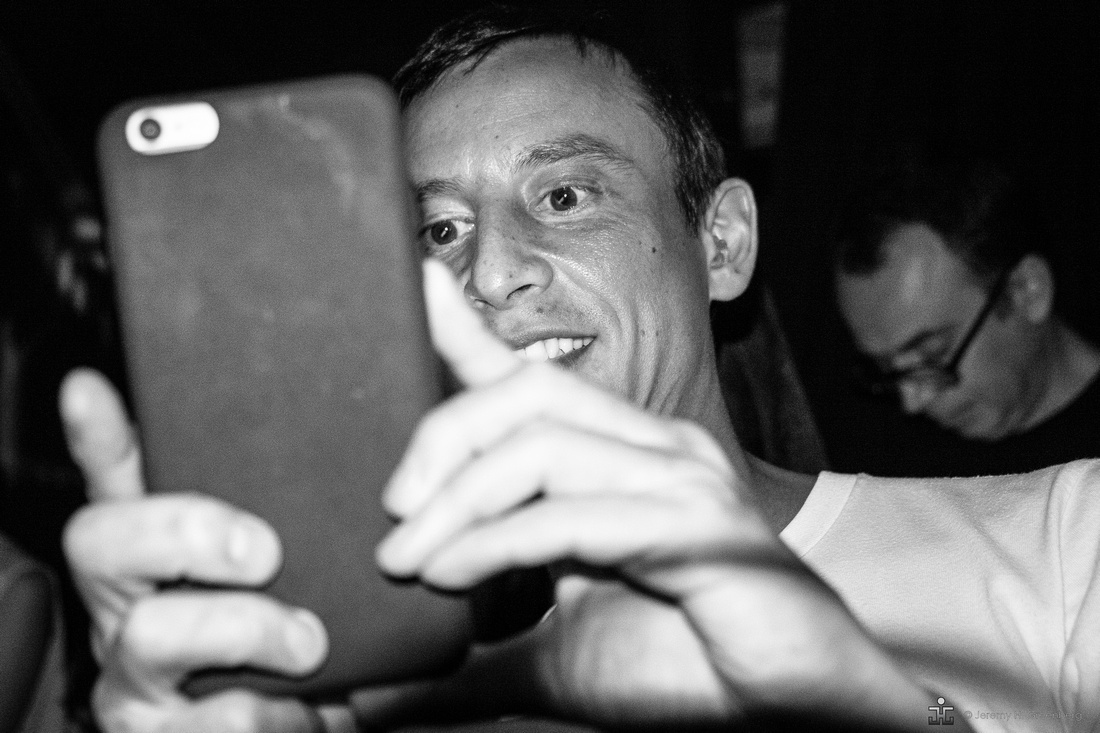

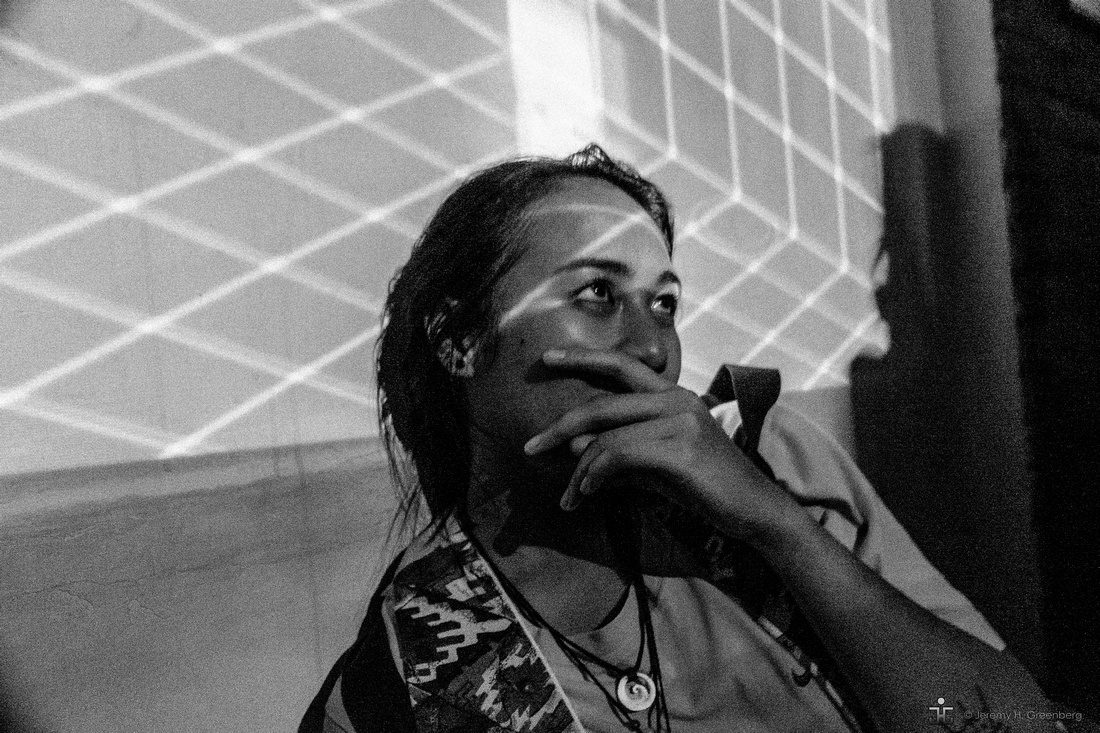

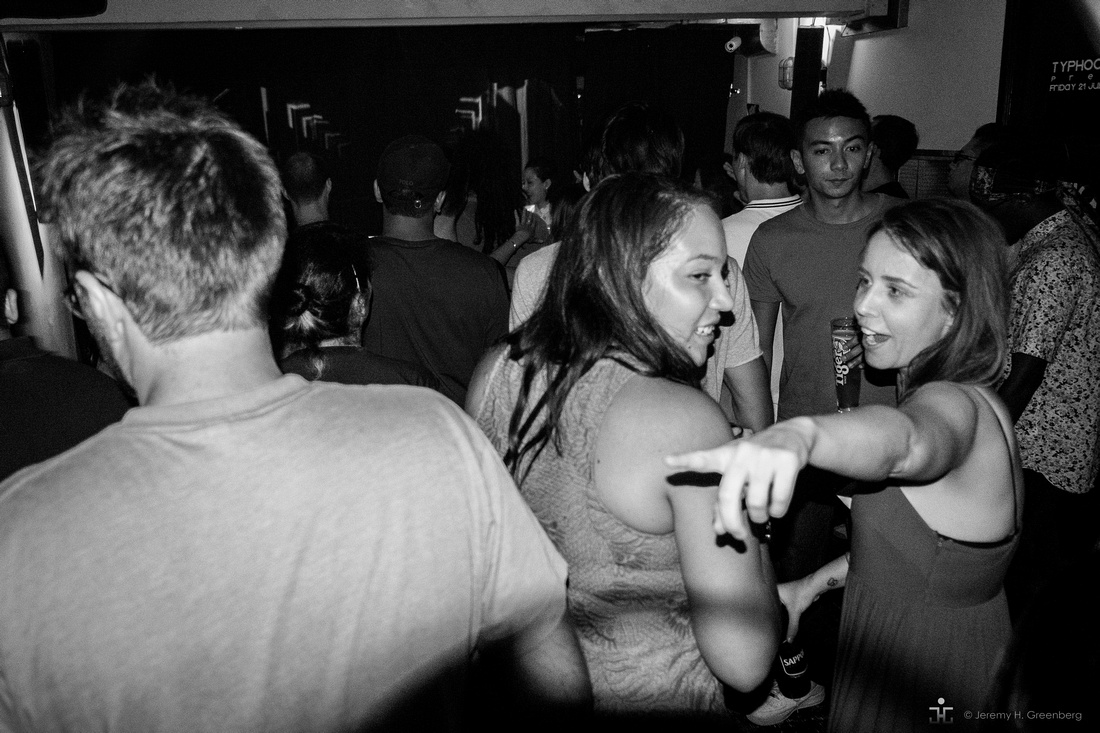

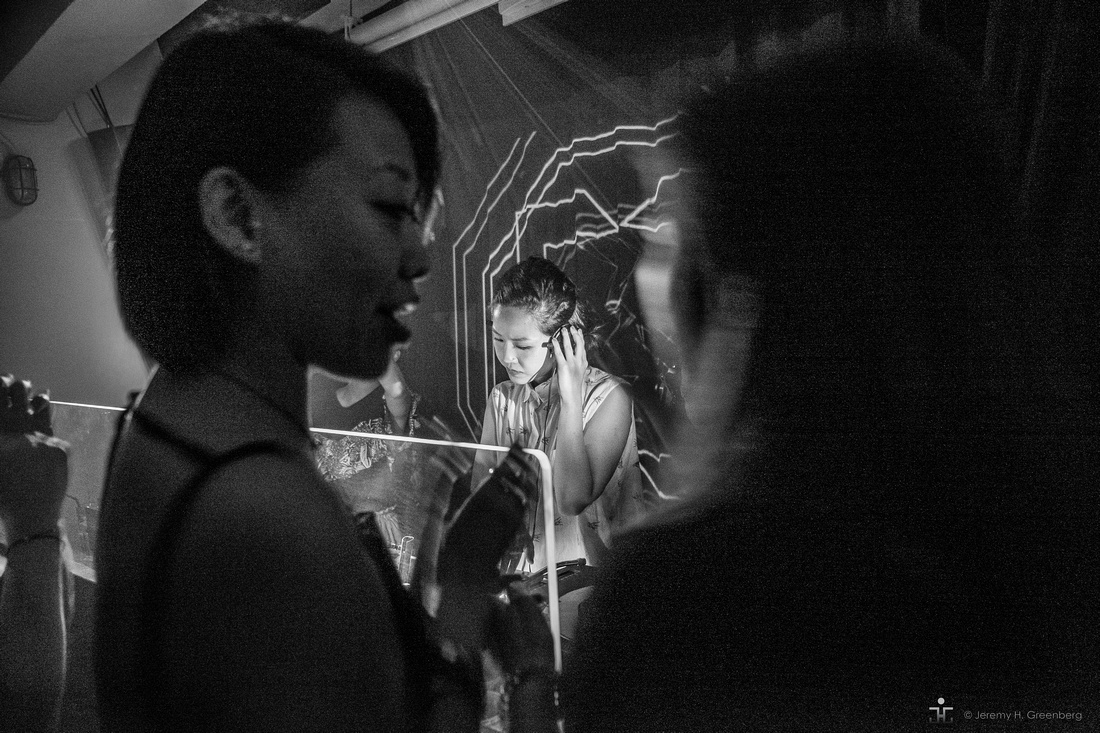



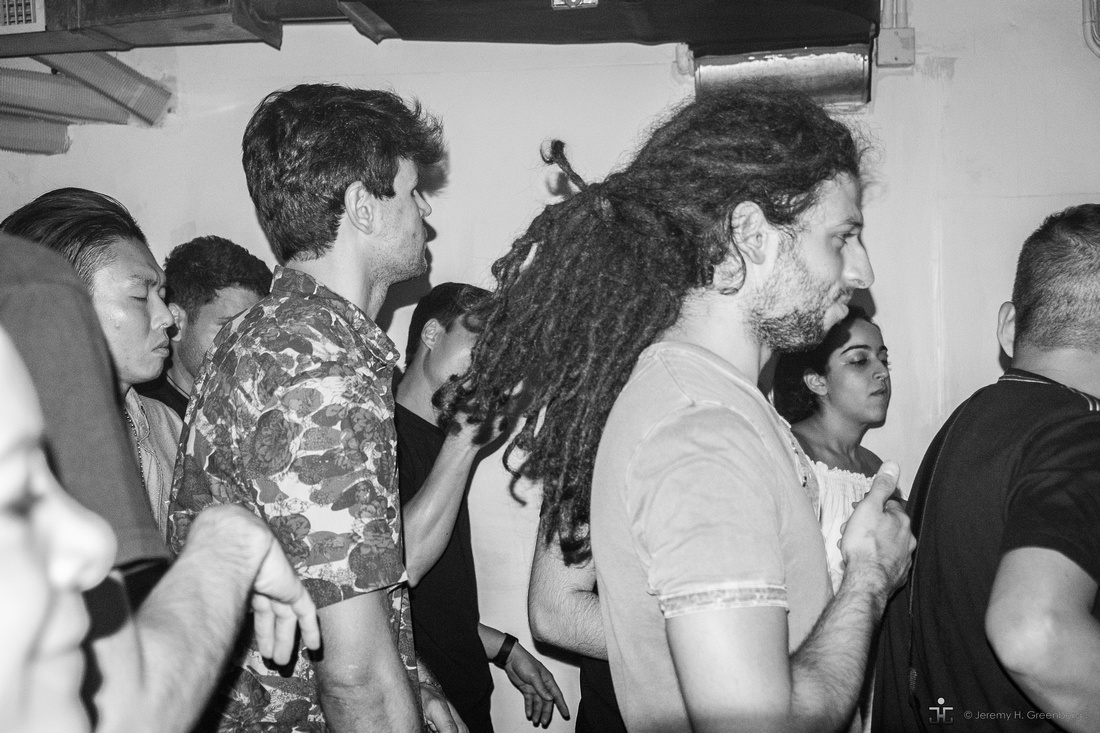



Blog #67 Risks, Rules, & Restrictions
Blog #67 Risks, Rules, & Restrictions
A formal education in art and design that includes image making will expose one to "rules" that one should master. Mastery of these rules should result in pleasing image making compared to one that is ignorant of such rules. This is the prevailing logic. These rules are derived from an analysis or critique of many great images usually from paintings from hundreds of years ago.
The term "rule" is a bit of misnomer. Guidelines might be a more appropriate term. Most of these rules or guidelines pertain to establishing the subject of the image and placing that subject in the frame (compositionally) in an interesting manner. Images that "work" could be described as having consistency with (or nearly so) the guidelines for what makes a good image.
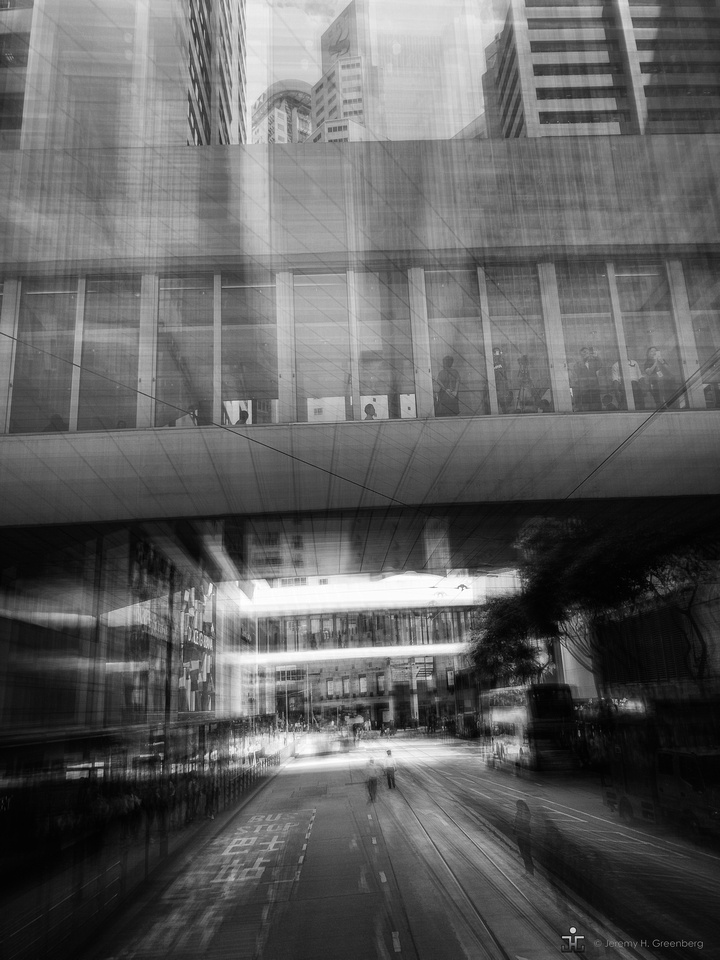

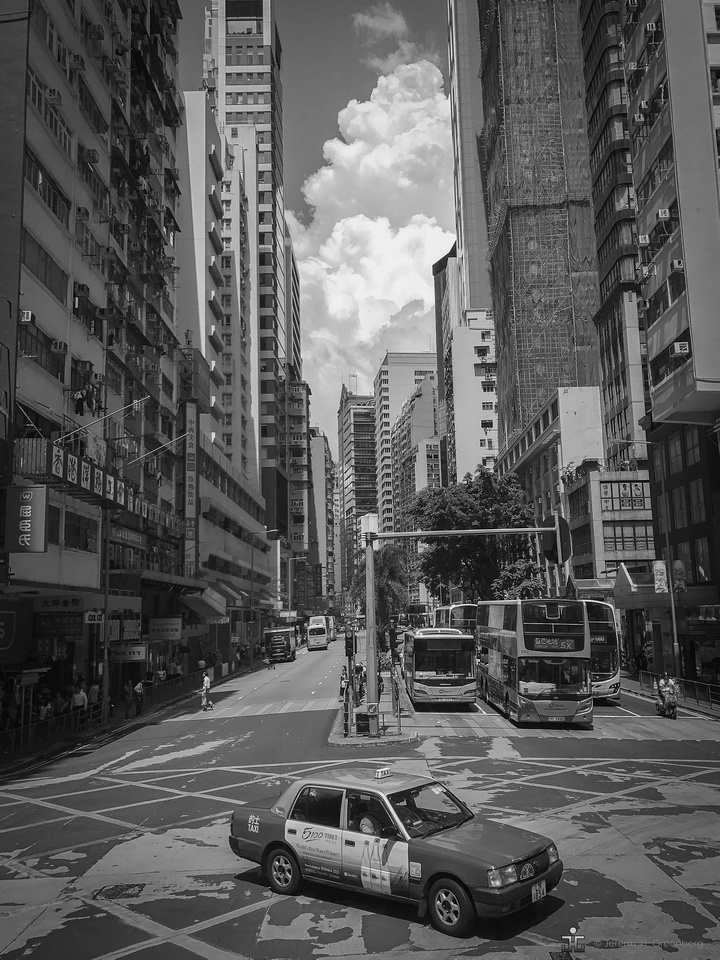



The counter point to this approach was best stated by the great Ansel Adams.
"The are no rules for good pictures,
only good pictures”.
So where does that leave us? Learn the rules or throw them all out of the window, screw the rules and the text books that wrote them and find your own path as an artist? Well, in short, yes and no.
A formal or informal study of art and what makes good art (critique) is like learning to cook. There are underlying practices and combinations of ingredients that are generally pleasing to most pallets. These are accepted "norms" and found to be present in most dishes that most people appreciate. These ingredients or combinations and cooking techniques have been distilled and extracted from some of the worlds most popular dishes.
For example, spaghetti and tomato sauce can be viewed as a staple dish. It works. It's delicious, and most people would agree. Spaghetti is also one of the first dishes that children learning to prepare their own meals might learn to make and for good reason. It's not that complex and many variations can be derived from its basic components.
However, the world would be pretty boring if we had to eat spaghetti all of the time. Mastery of basic skills and ingredients of cooking or photography is not only a good place to start, it might even a necessary place to start in order to develop a more elaborate repertoire of either creative pursuit. This is true of many creative fields such as music or acting.
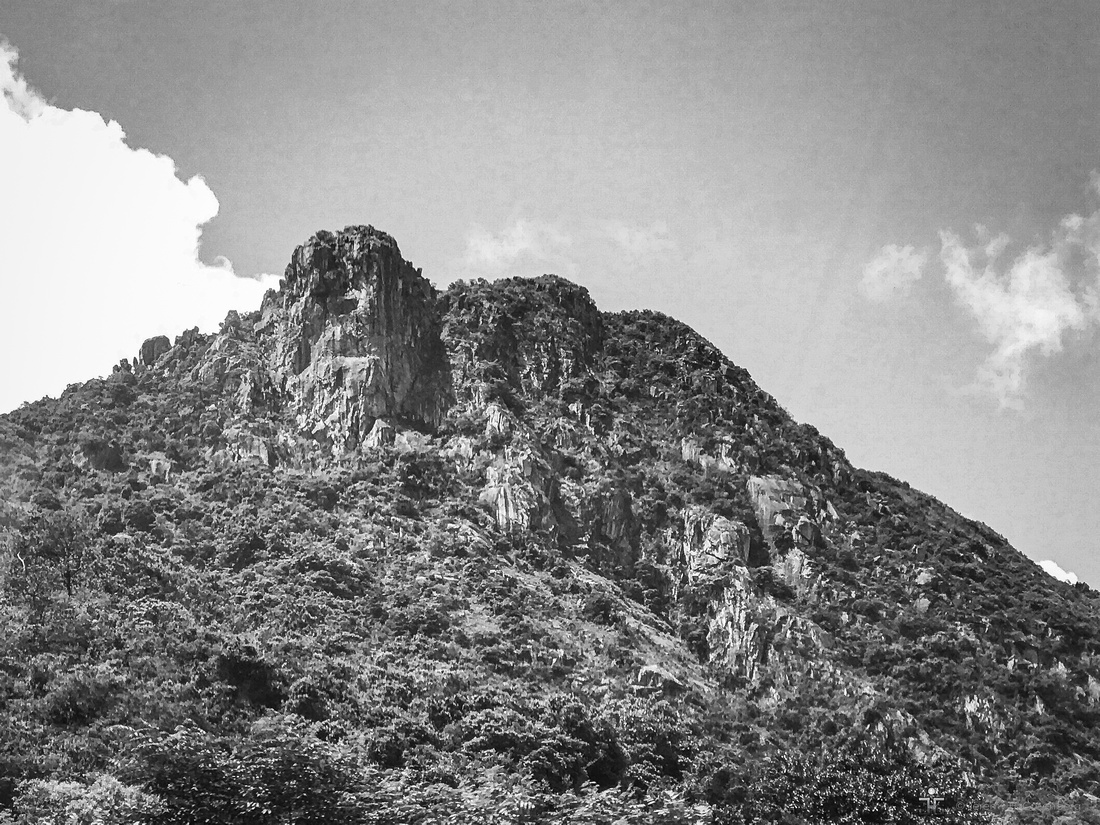

More elaborate images including complex compositional layers and control of depth of field, for example, are likely the result of mastery of the basics and the photographers continued application of those guidelines although in more complex and novel ways. There is more than one road to success or improvement for that matter but I have found this road works for me.
In conclusion, learn the basics and practice practice practice them to mastery. Then, intentionally break the rules, blaze a new trail, carve your own niche, and solve the climate change problem while you’re at it.
Take risks. Experiment. Impose limits on you're self like using one focal length only for the day, month, or year. Shoot film. Shoot in black and white only. Only shoot people. Make a plan and most of all have fun and for the love of photography share your work. Give it away for free.
Remember, the light is always right.
Jhg
*View the revised website: Click Here
Blog #36 Creative “Constraint”
Blog #45 Getting Intimate with Your Subject
Blog #58 Micro & Macro Education in Photography
Casualphotophile Tips & Techniques No. 001 - The Subject is the Subject


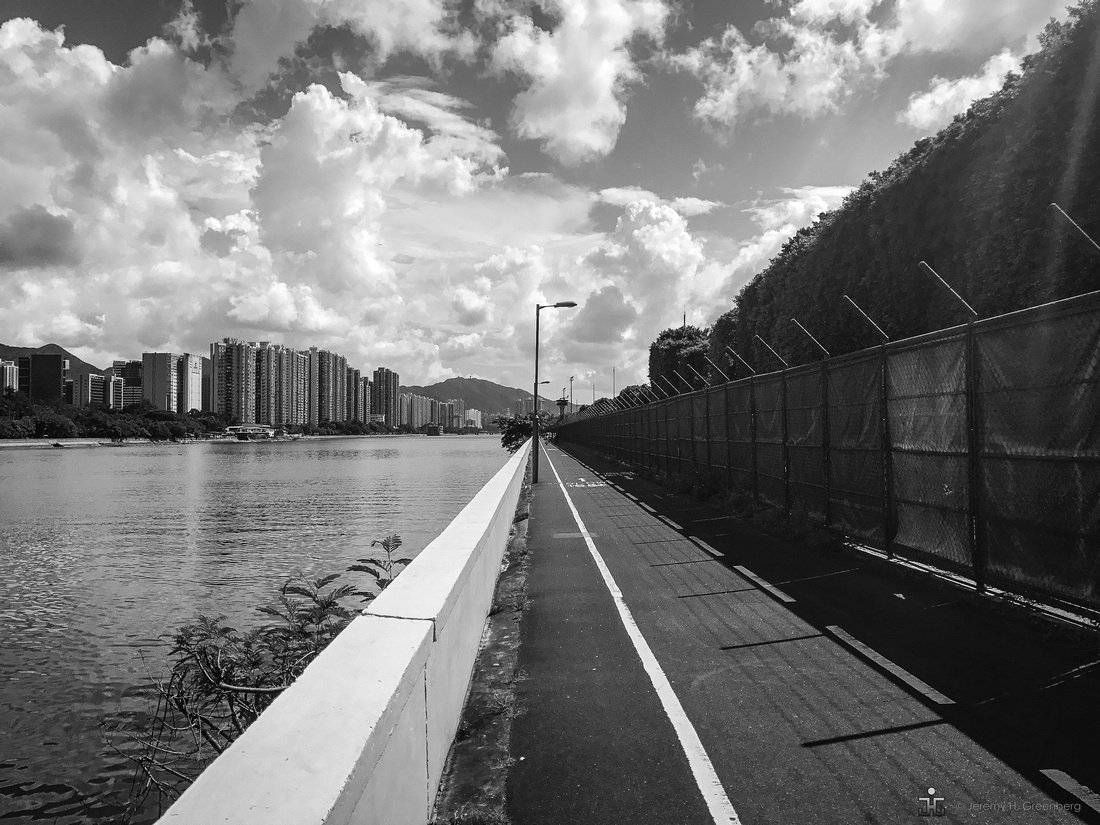

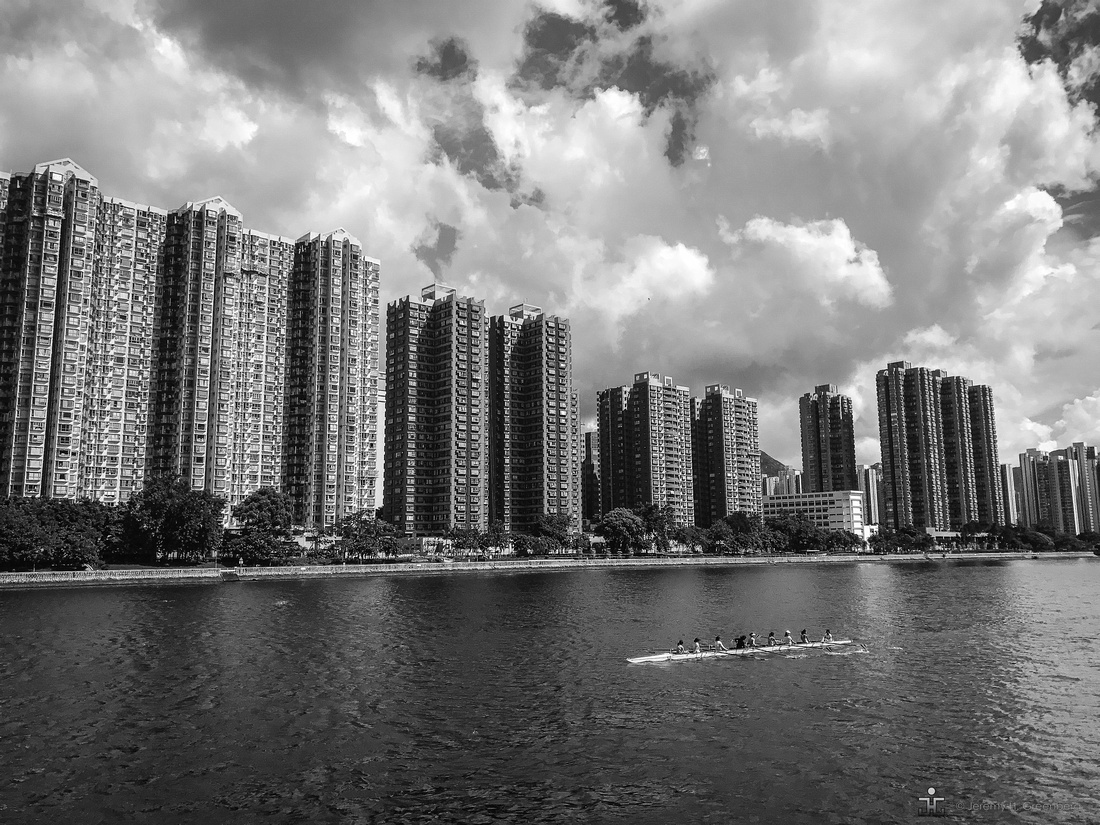

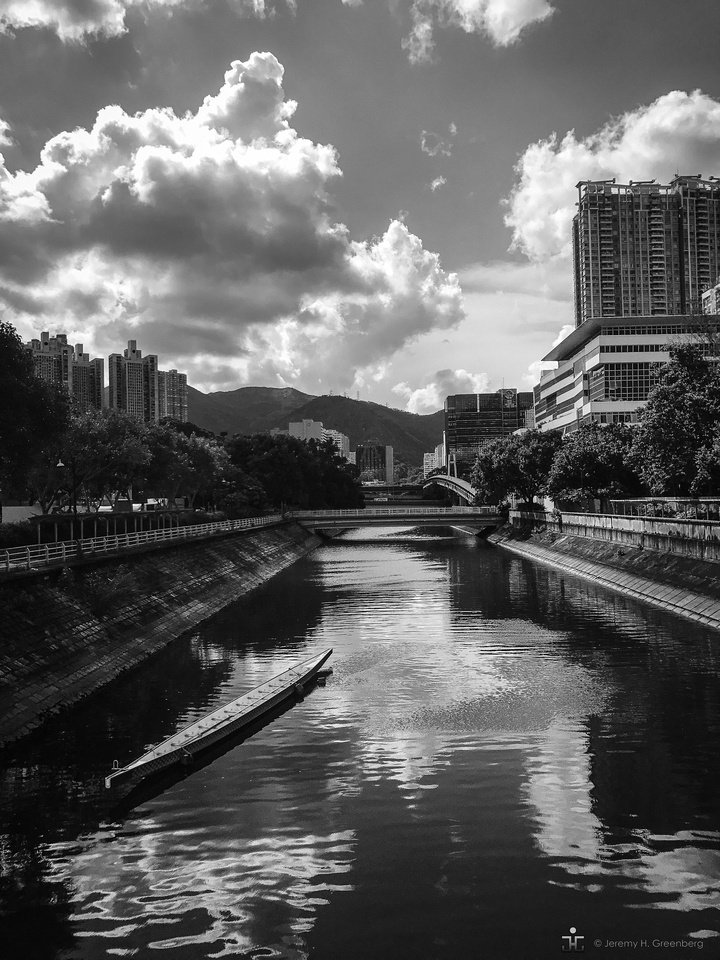

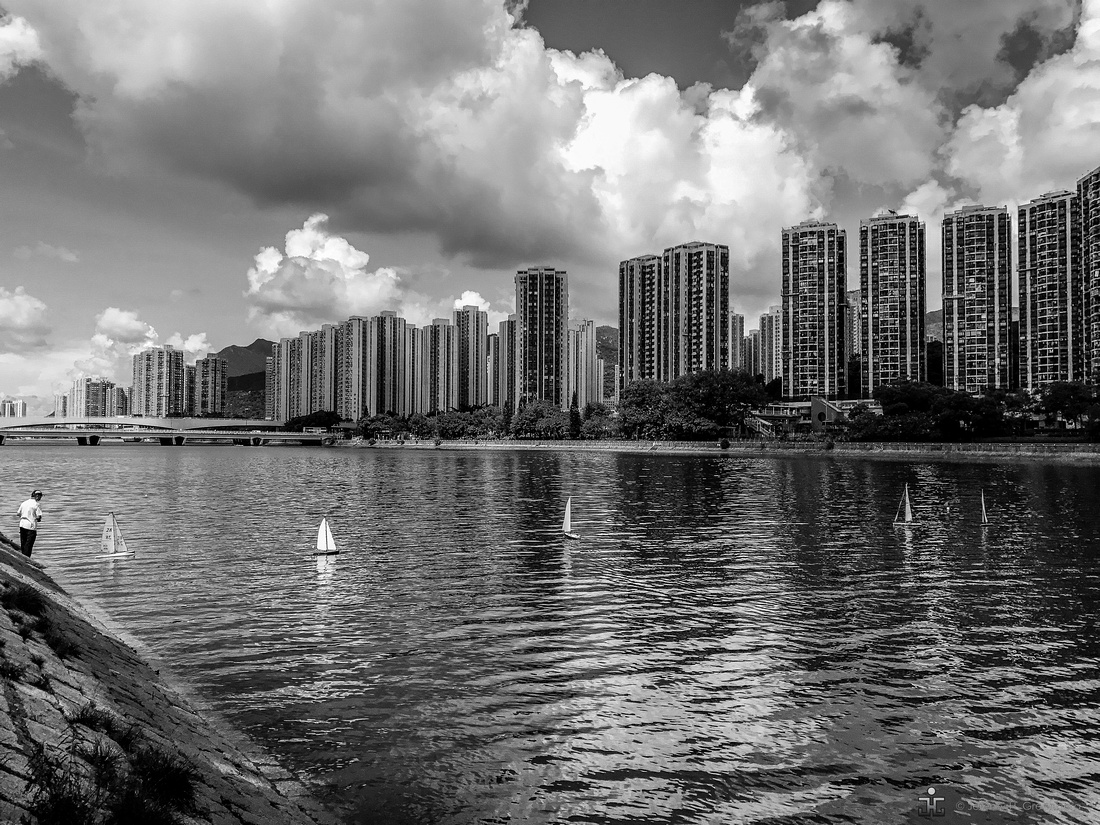

Blog #66 The Photographer’s Ethical Responsibility to Photography
Blog #66 The Photographer’s Ethical Responsibility to Photography
Ethics related to photography usually involves the responsibility of the photographer to the individual being photographed. In most places, people in public can be photographed and images can be used under a fair use clause. For commercial purposes when money will be exchanged or for marketing or promotional reasons, written permissions are usually required. Model releases and property releases are necessary for commercial purposes. For more on this subject, check out Blog #14 & Blog #15.
What about the photographers’ ethical responsibility to photography itself or other photographers for that matter. Do we need to give back? I would argue that yes we do. While there is nothing wrong with shooting for oneself and the hobbyist and/or amateur does just that without constraints. The professional photographer, however, ought to answer to a higher authority, so to speak. It’s simply the right thing to do.
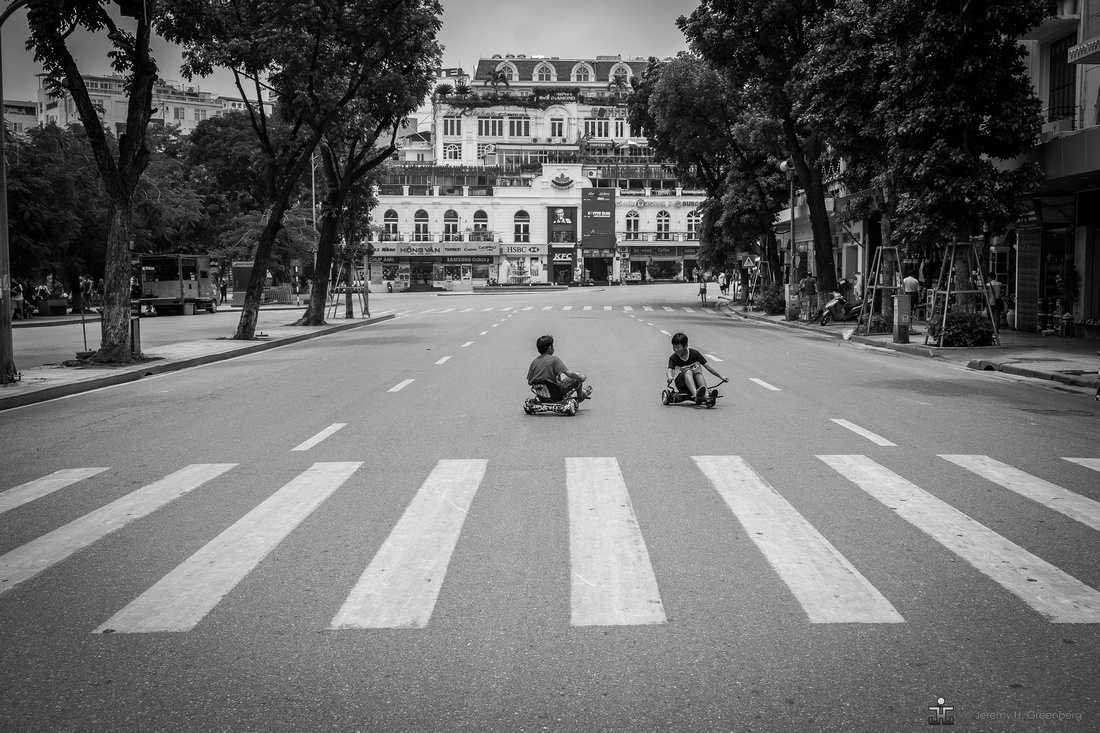

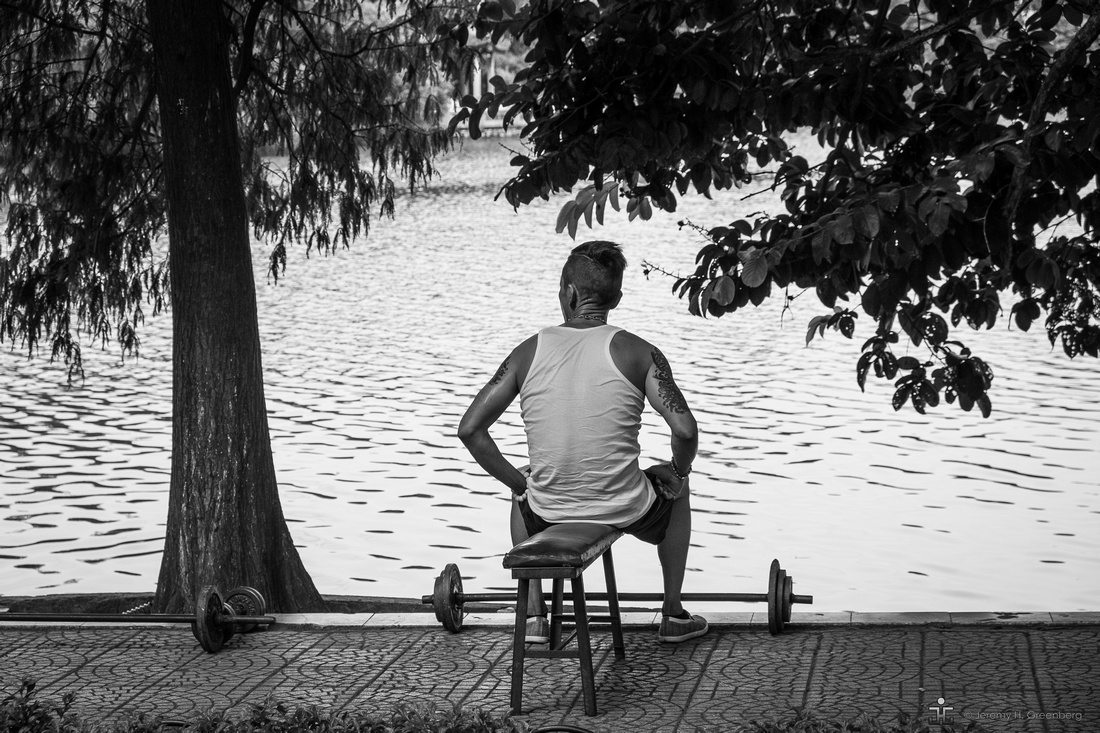

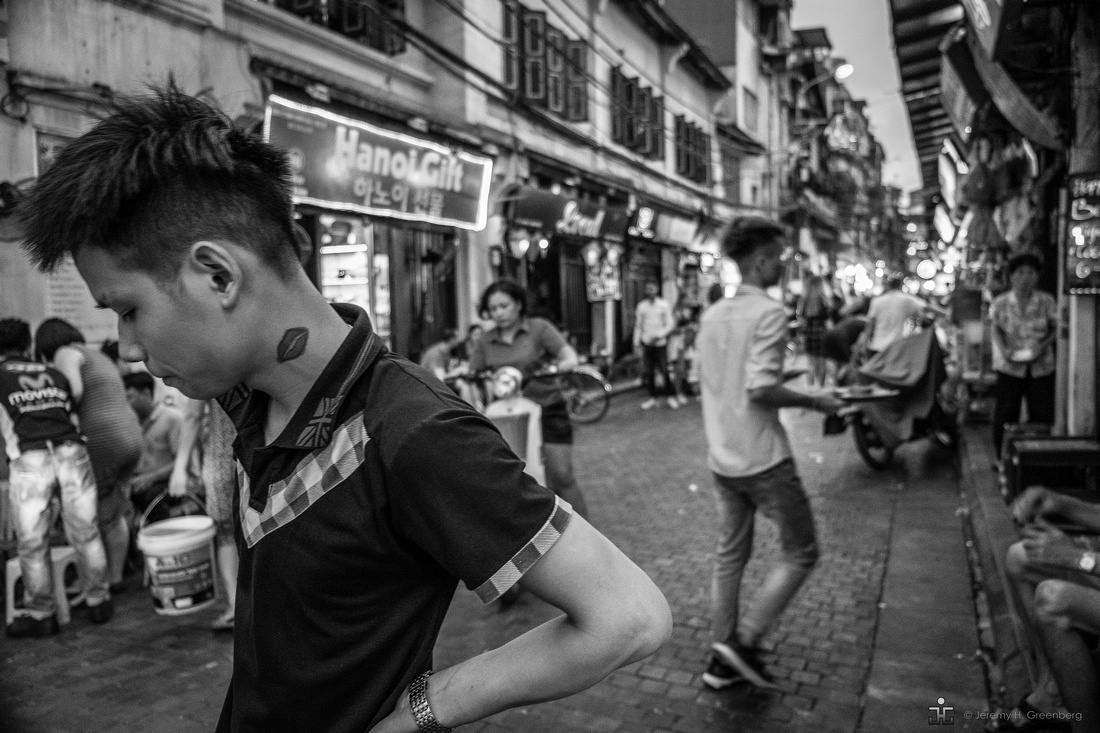
 Printing and sharing images for friends, family, and others can be fun and helps to give photography a good name. John Free, street photographer from LA, takes this notion one step further and would say that if you do not share your photos “You’re a punk!”.
Printing and sharing images for friends, family, and others can be fun and helps to give photography a good name. John Free, street photographer from LA, takes this notion one step further and would say that if you do not share your photos “You’re a punk!”.
He goes on to posit that photography is a gift. I agree.
Photography is a gift that should be shared. As professionals, we have an obligation to do so. There are multiple ways in which we can share and give back to the field. Critique, prints, classes, workshops and tutorials, or simply being a supportive and positive force through social media are but a few vehicles in which photographers can communicate and return the gifts that have been given to them.


I have been fortunate to be involved in a photography series of classes through an international school in which I work. Teaching students to shoot, develop, and print film has been an immensely rewarding experience. I find enjoyment in sharing images and prints of my friends and family. Sometimes I will go the extra mile and get the prints framed professionally before giving them away. People really enjoy the gesture and I get a kick out the experience of sharing my images.
My fiend Mike has a small Instax printer and snaps photos, prints, and hands them out along the way. This is exemplary and helps to establish the act of photographing people (even strangers) as a fun, harmless, and collaborative process. More photographers should do this sort of thing. Everyone would benefit from this type of selfless sharing.
“I wish I hadn’t given away so many of my photographs”, said the photographer on their deathbed, never!
Shoot
Share
Repeat
I think I will get T-shirts made with these words. Would you buy one? What size are you? Orders start soon.
Remember, the light is always right.
jhg


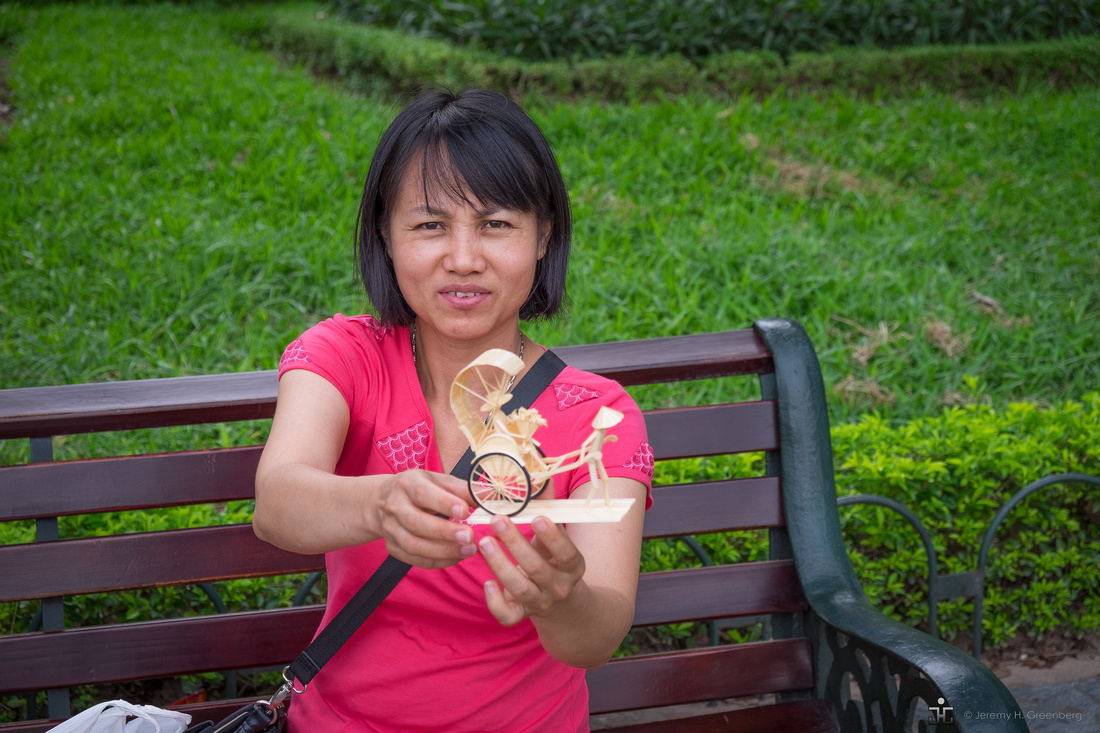

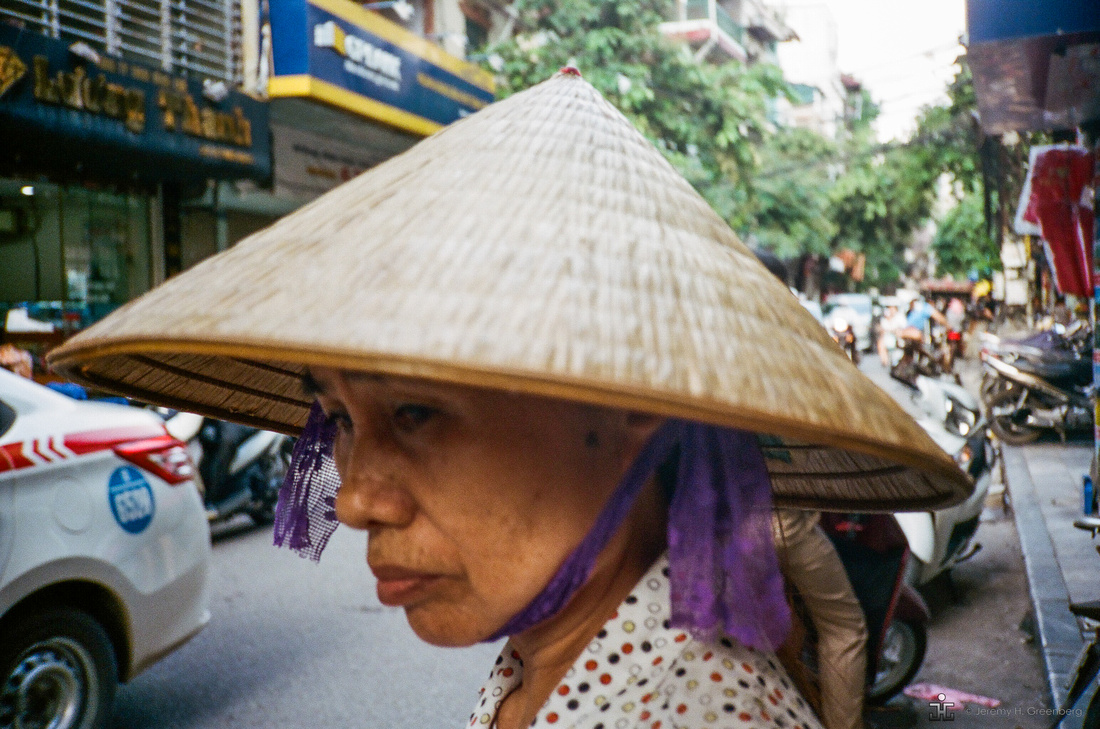

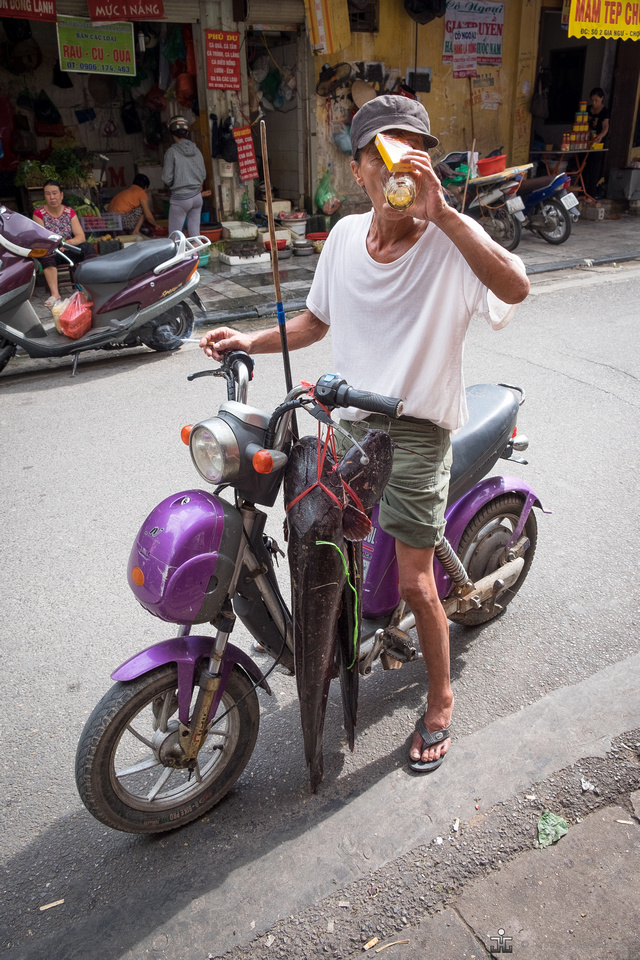

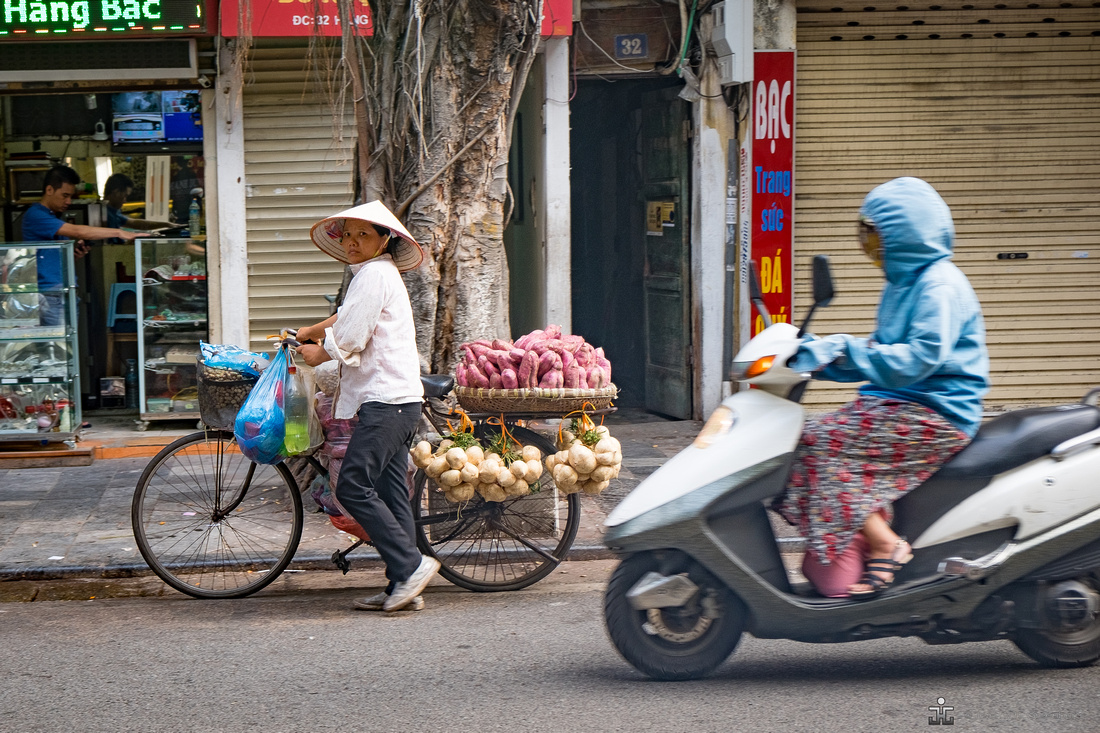

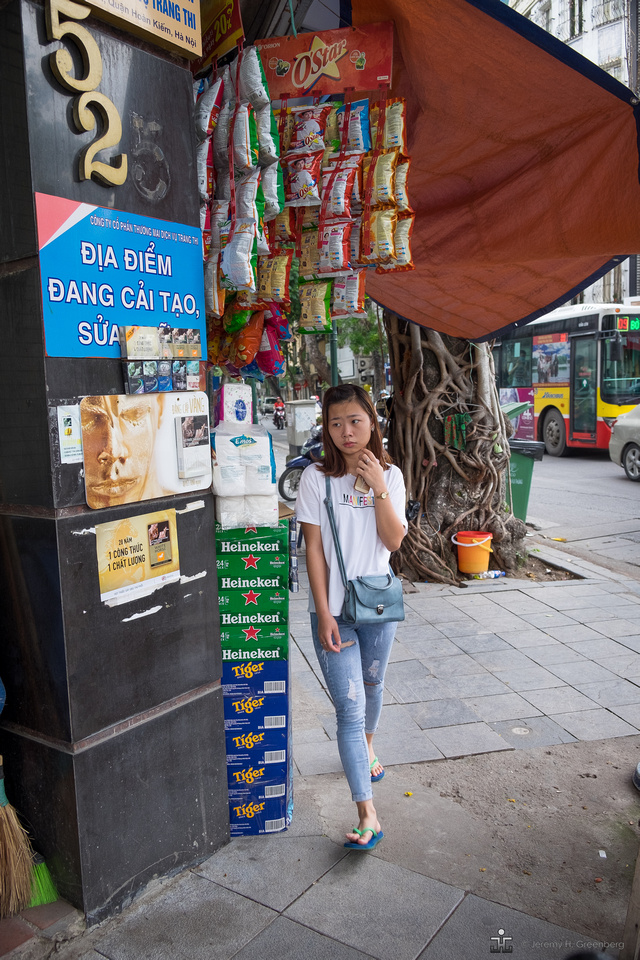

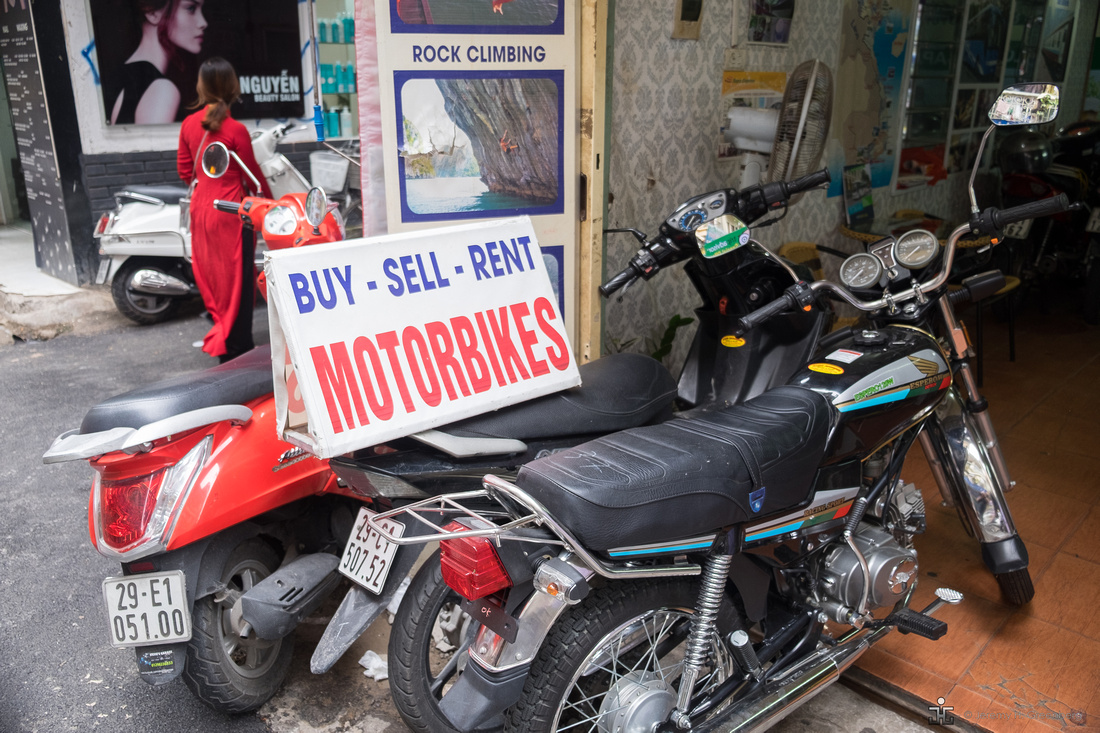

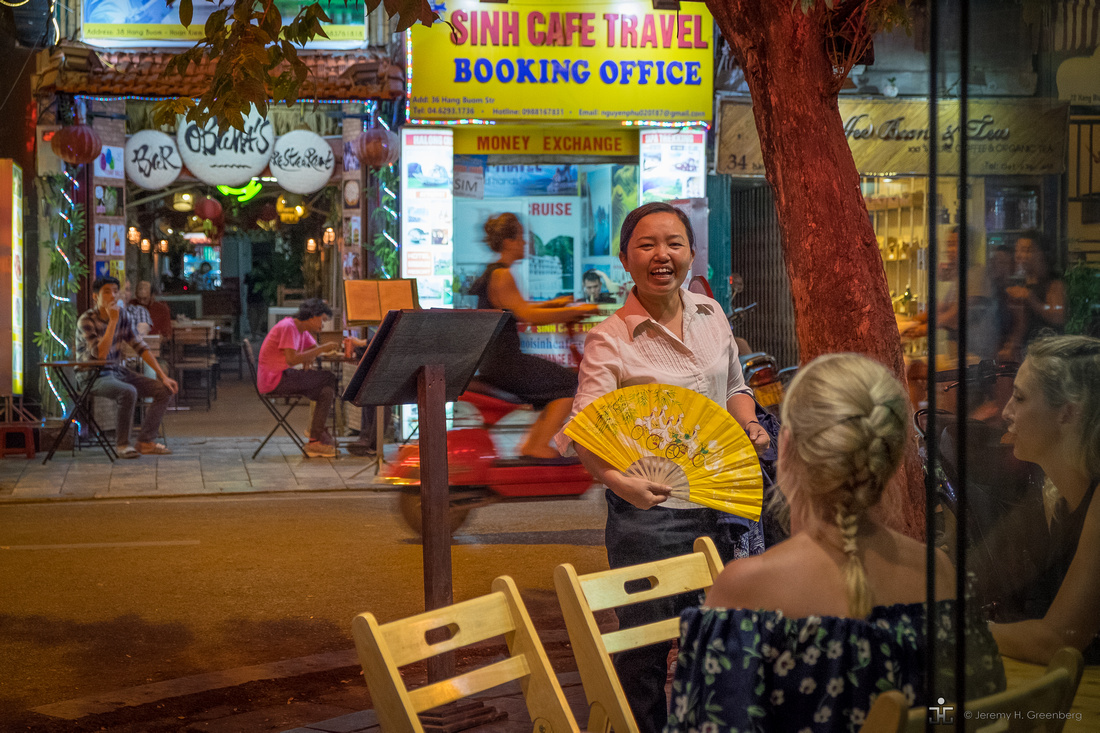

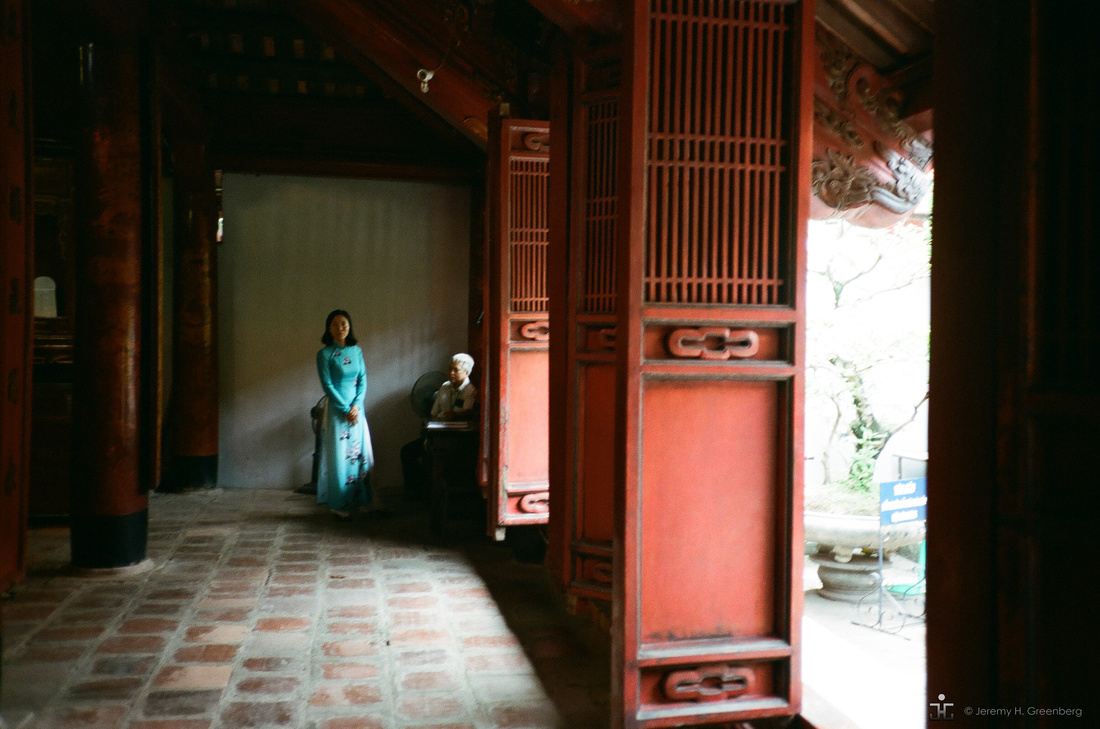

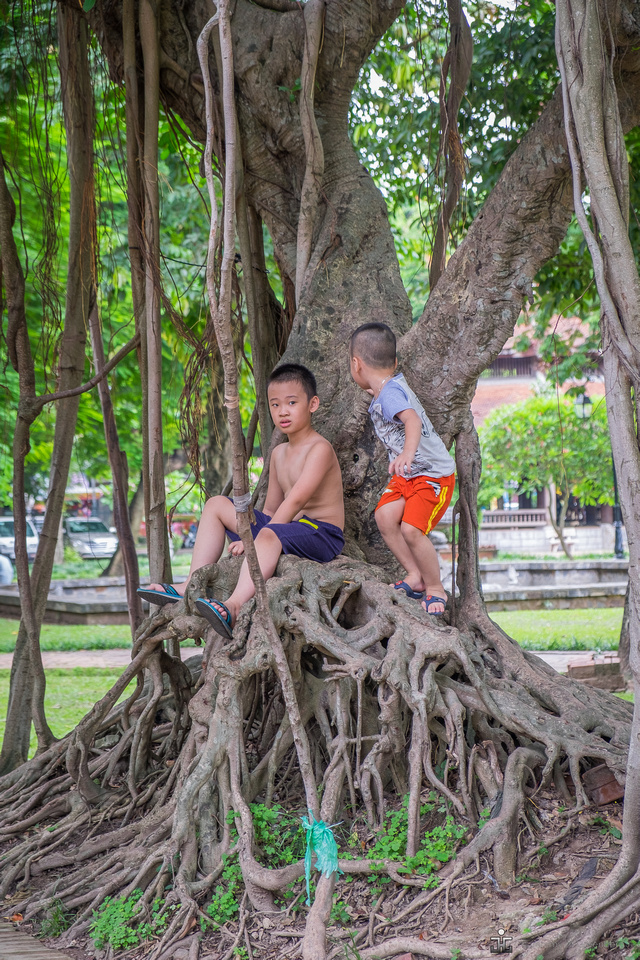

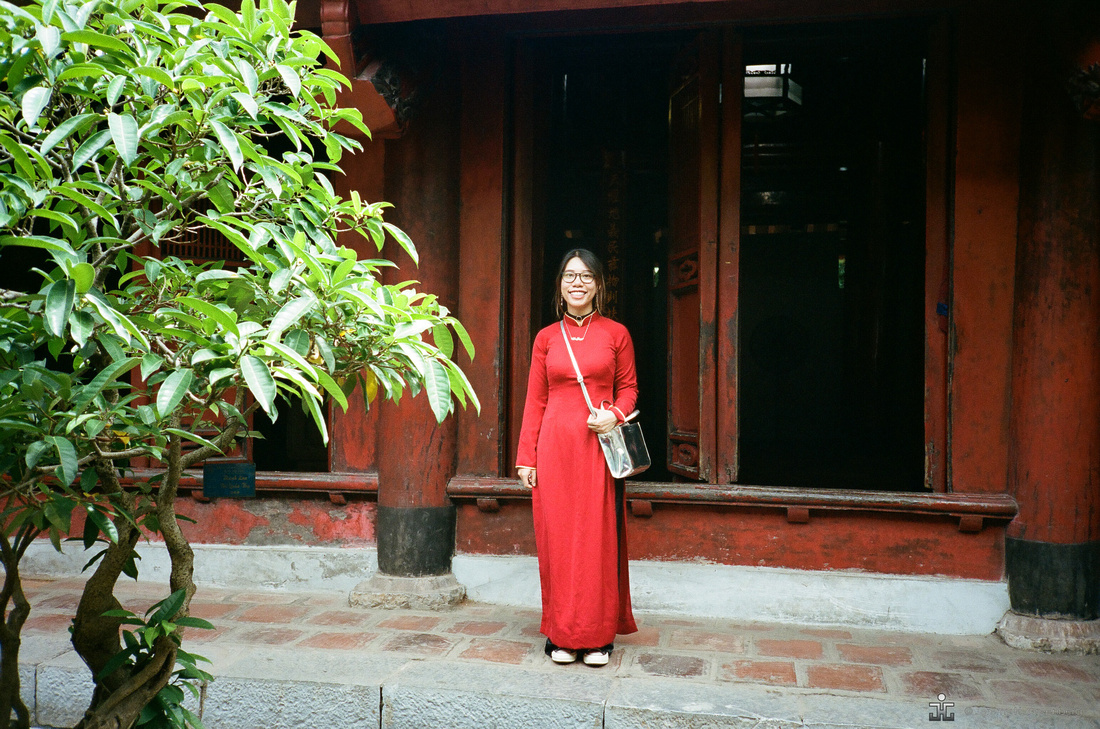



Blog #65 Summer is for Travel to Somewhere New (Hanoi)
To extend your skills as a photographer, it’s common to hear:
Buy books (and travel), not gear.
I agree with this directive and would add that travelling to someone new has some distinct advantages that should lead to improvement. When you travel to a new place for just a few days, you can’t see everything. Therefore, you need to make some decisions about what to do (and shoot) and what not to (and not shoot). Weather should be a factor in your decisions. You might get lucky, or you might not. That’s the beauty of the situation, you never know what to expect. You might have a plan or you might not. Either way, having a suitable camera and lens that works for the environment that you’re in will lead to some interesting interactions. Regarding gear, bring back-up by all means. Smartphones count.
How will the locals respond to you? What are the rules of engagement and attitudes of people in this new place? Do I want to shoot people, buildings, food, or all of the above? These are but a few of the questions that you might need to discover when shooting aboard far from home, out of your comfort zone.
This summer I went to Hanoi, Vietnam. It’s an absolutely amazing place. The 1000 year old capital city has about 7 million people and 3 million motorbikes. It’s a blend of old French colonialism and modern day Asia. The food is outstanding and the coffee…out of this world! Their home grown coffee was some of the best I’ve ever had and I’m admittedly a bit of a coffee snob (life’s too short to drink crap).
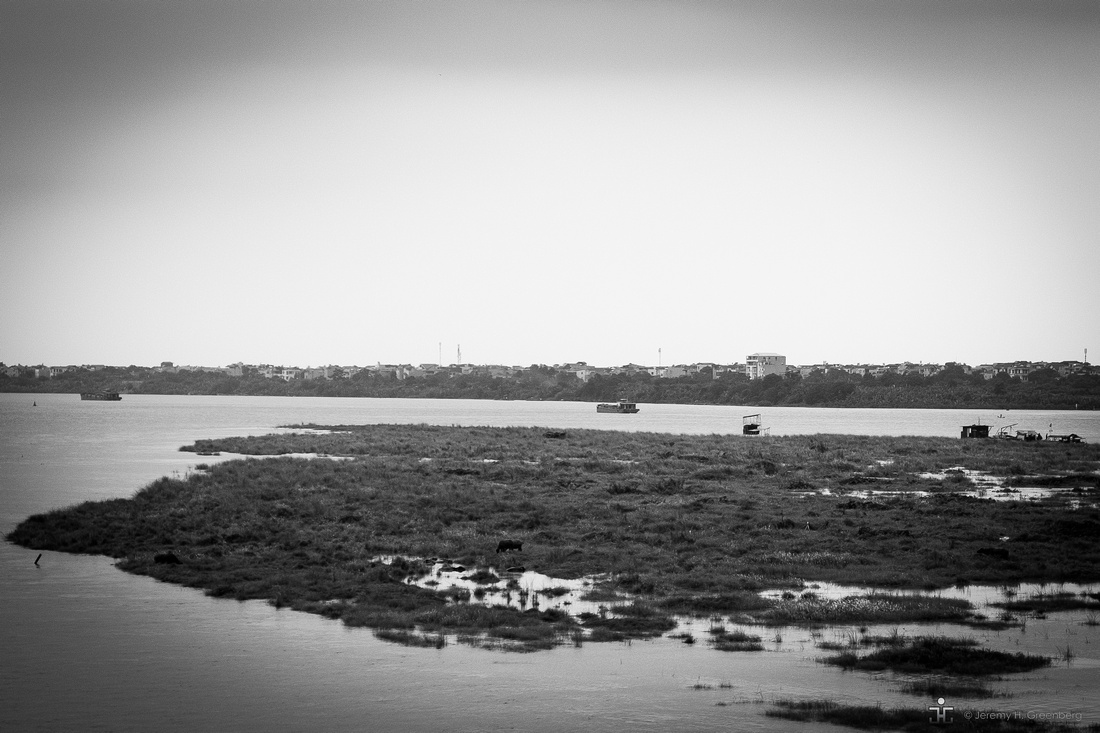

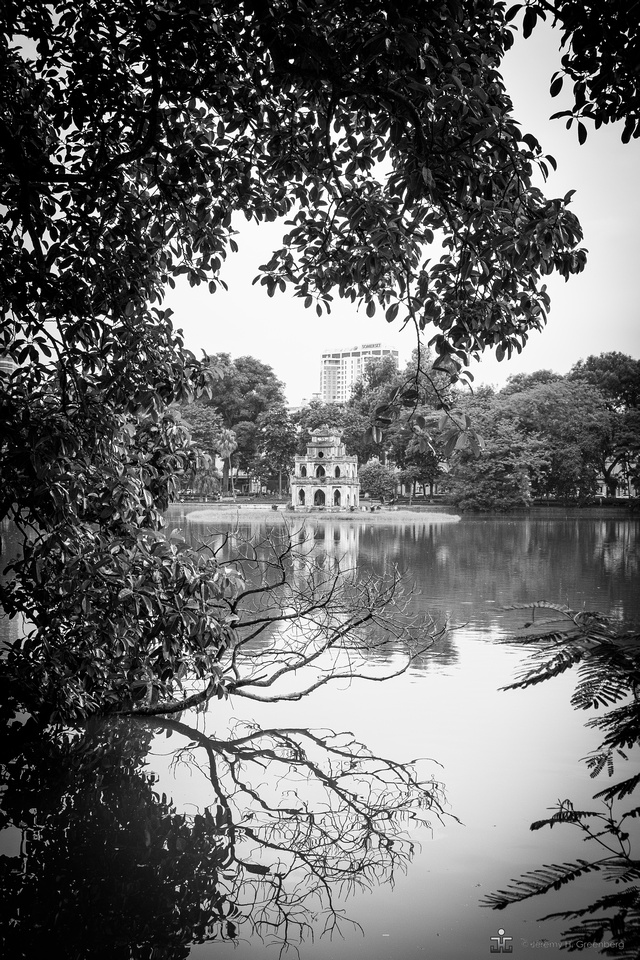

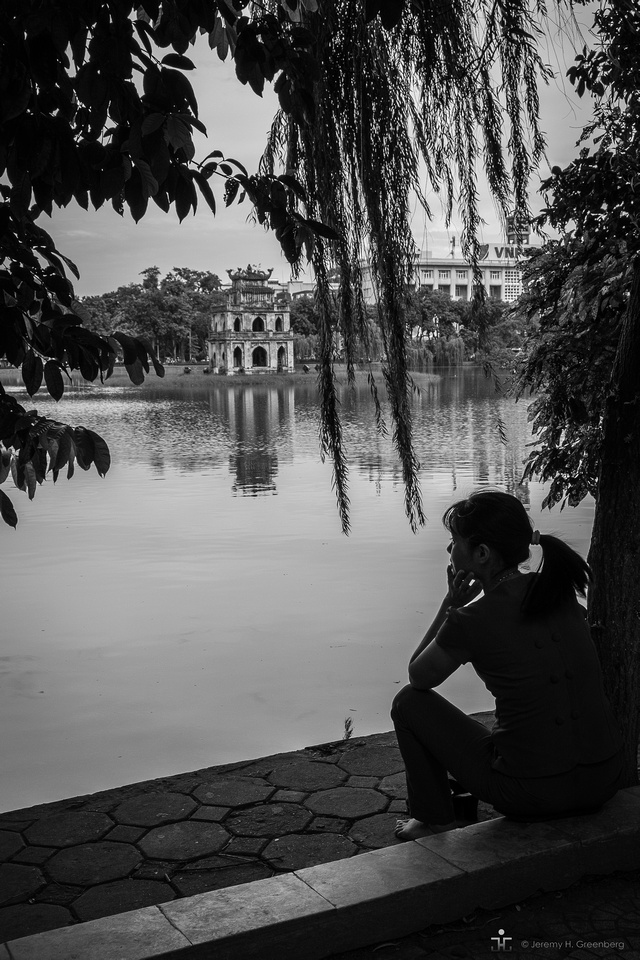



In this post and third of a series on summer travel, I would like to encourage your travelling to someplace new and make photos there. The mere act of doing so will force you to make all types of decisions that will exercise your brain and get you thinking about photography again in a fresh way. You will meet new people and maybe make some friends. One of the keys to a long and happy life is social connections. It’s not money, or personal possessions, it’s people and connections. Your camera is your passport to friends, happiness, and life. Use it!
Remember, the light is always right.
jhg


